The 1990s were a seismic shift in the musical landscape. Turn on any radio station, and you were immediately immersed in a vibrant collision of genres and styles. From the raw energy of grunge to the rhythmic pulse of gangsta rap, the infectious beats of dancehall to the resurgence of disco, and the fierce spirit of riot grrrl punk to the catchy hooks of TRL mall-pop, the decade was a melting pot of musical innovation. Electronic music branched out into countless subgenres, and the Wu-Tang Clan’s influence permeated hip-hop with numerous solo projects. No matter your taste, the 90s offered an overwhelming abundance of music. Compiling a definitive list to encompass such a diverse era is an impossible task – you could easily create a playlist of hundreds of incredible tracks just from the summer of ’94 alone. However, these 50 essential songs aim to capture the spirit of the 90s music explosion, highlighting hits, hidden gems, cult classics, dance floor anthems, guitar-driven rock, and karaoke staples. So, join us as we delve into the sounds of a decade that demanded to be heard. Here we are now, let us entertain you with some unforgettable Songs From The 90s.
Fuzzy – “Flashlight” (1994)
Emerging seemingly from nowhere, Fuzzy, a band of quasi-grunge musicians hailing from Boston, delivered a single, perfect song before fading back into obscurity. “Flashlight,” with its melancholic melody and barely decipherable lyrics sung by a female vocalist about navigating in the dark with a flashlight, became a cult favorite. Largely missed by mainstream audiences, it found its niche among those who tuned into MTV’s 120 Minutes during its late-night broadcasts. This track epitomizes the era of post-Nirvana music, where countless quasi-grunge bands emerged, hoping to strike gold. It begs the question: how many more magnificent, forgotten tunes from this period are buried on major-label albums, waiting to be rediscovered? While few may reach the brilliance of “Flashlight,” the search for these hidden treasures remains a rewarding pursuit for any fan of 90s songs.
Britney Spears – “Sometimes” (1999)
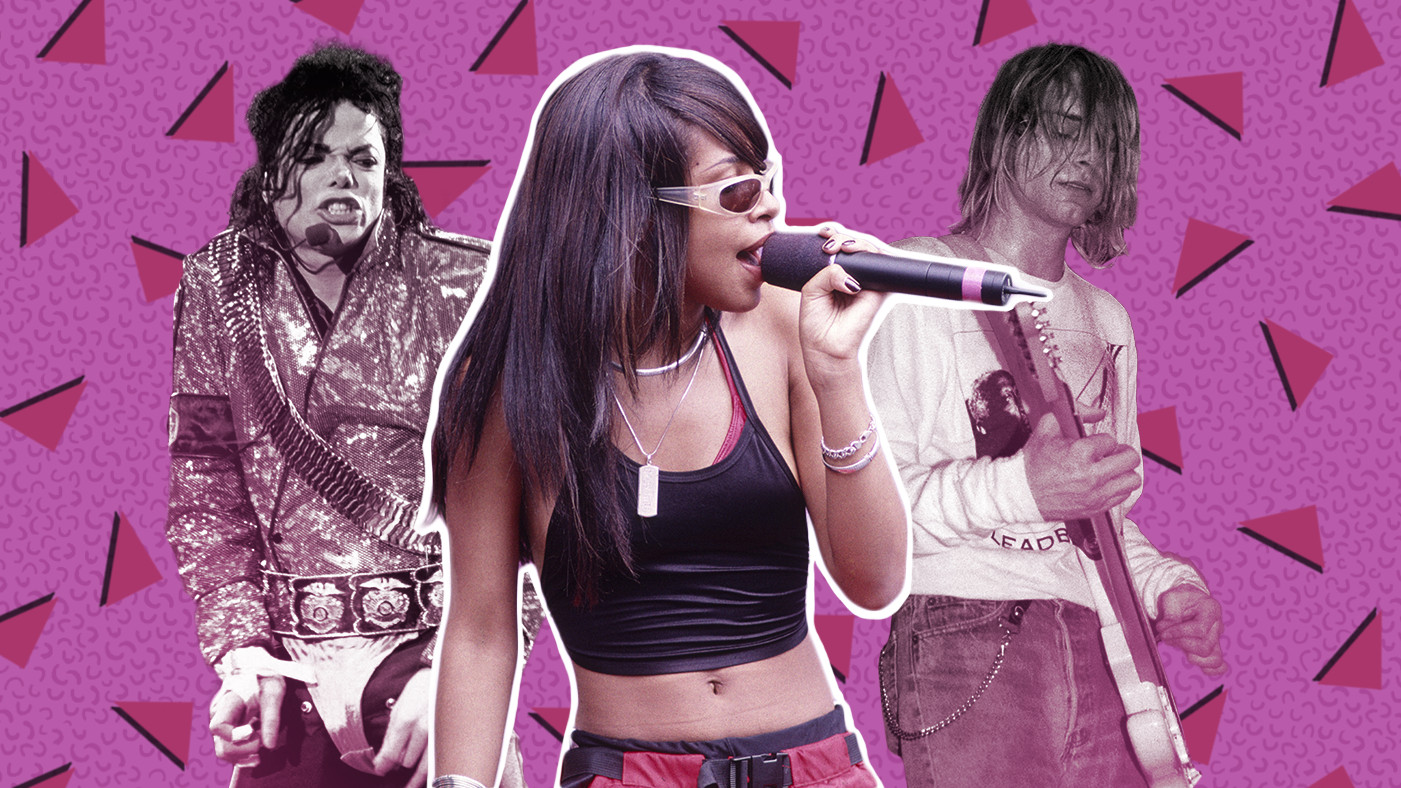 Britney Spears Sometimes
Britney Spears Sometimes
“Sometimes” marked Britney Spears’ second hit, and arguably, her first comeback. After the explosive debut of “…Baby One More Time,” many wondered if the teen sensation could maintain her momentum into the later part of the decade. “Sometimes,” a Total Request Live staple, swiftly silenced any doubts. This song solidified Britney’s position as a pop icon and served as a blueprint for the new wave of pop stars that would dominate the charts in the 21st century. It was a clear signal that Britney Spears was not a fleeting trend but a lasting force in pop music, paving the way for the future of 90s pop songs and beyond. Welcome to the dawn of a new era in pop.
The Offspring – “Self Esteem” (1994)
Hailing from Orange County’s hardcore punk scene, The Offspring unexpectedly achieved mega-platinum success with “Self Esteem,” a catchy anthem centered around themes of masochism. The song’s memorable line, “I may be dumb, but I’m not a dweeb,” resonated with audiences, becoming a relatable statement of self-awareness, or perhaps self-deprecation. Its enduring relevance hinges on the universal experience of feeling underestimated or misunderstood. Unless, of course, you genuinely identify as a “dumb dweeb,” in which case you might just be the subject of this iconic 90s alternative song.
Selena – “Fotos y Recuerdos” (1994)
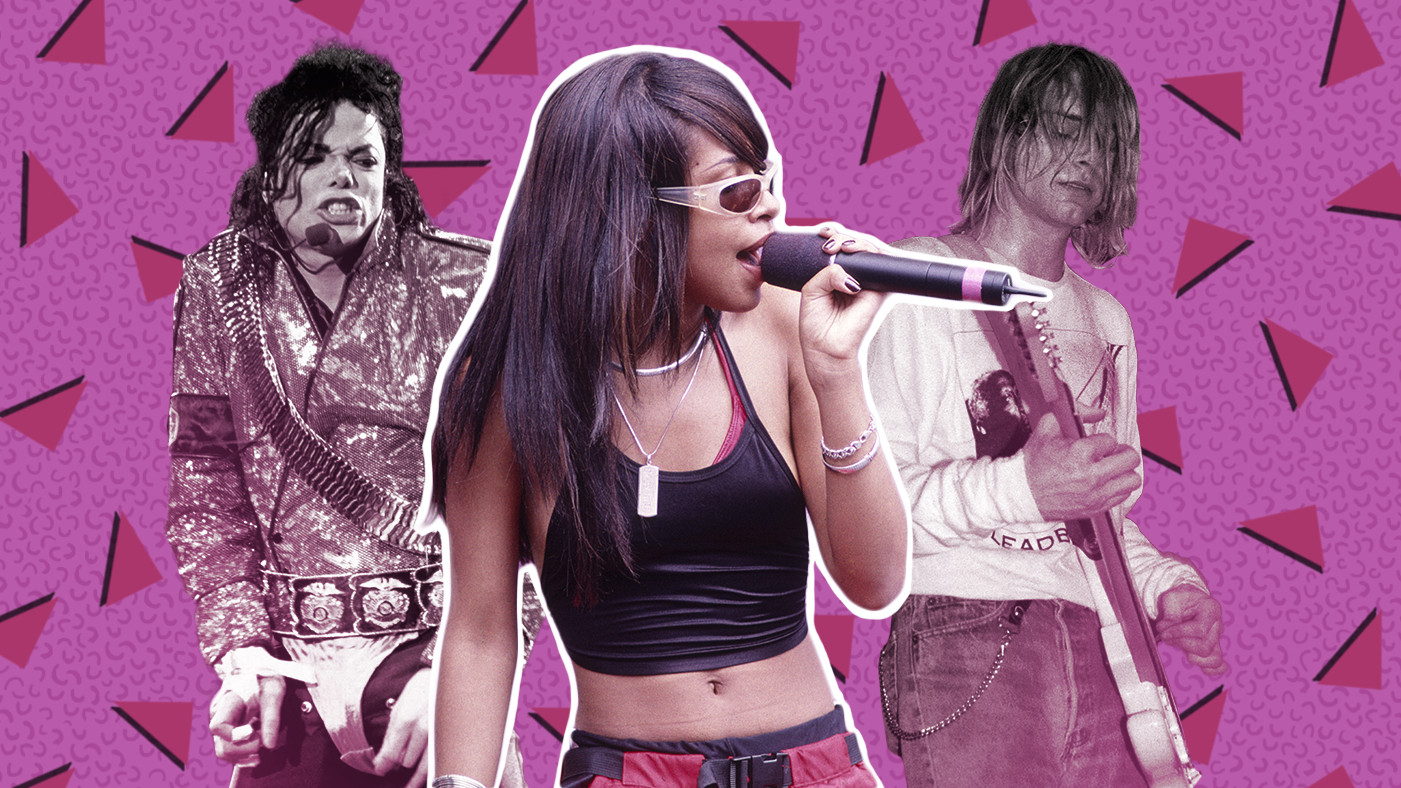 Selena Fotos y Recuerdos
Selena Fotos y Recuerdos
Selena, the undisputed queen of Tejano music, brilliantly reimagined The Pretenders’ classic “Back on the Chain Gang” in Spanish with “Fotos y Recuerdos.” This cross-cultural rendition not only paid homage to the original but also showcased Selena’s versatility and appeal to a wider audience. Tragically, the song reached the Top Five on the Billboard Latin charts the very week of her untimely death, becoming a poignant testament to her legacy and impact on Latin 90s music.
Silver Jews – “Random Rules” (1998)
“Random Rules” by Silver Jews conjures a distinct atmosphere, imagining a dive bar lounge in the afterlife. David Berman’s signature drawl delivers fractured, barstool philosophy over a melancholic tune, perfect for the last call of the night. This song exemplifies the introspective and often unconventional nature of 90s indie songs, offering a glimpse into the more contemplative side of the decade’s musical output.
Lil Kim With Lil Cease – “Crush on You (Remix)” (1997)
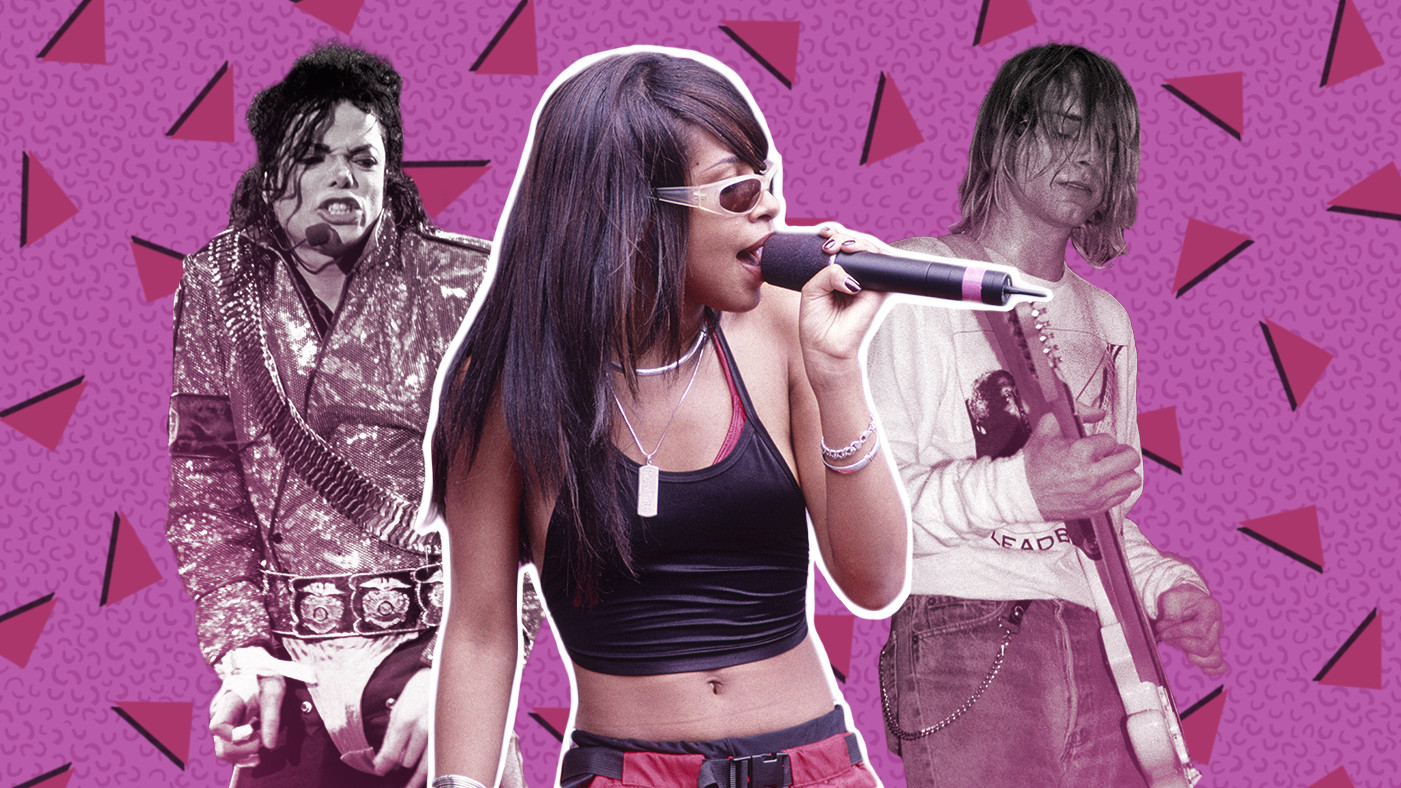 Lil Kim Crush on You Remix
Lil Kim Crush on You Remix
“Crush on You (Remix)” by Lil’ Kim featuring Lil’ Cease is the quintessential Bad Boy Records anthem. Built upon a hauntingly melancholic synth loop, with Lil Cease stepping into Biggie’s shadow, the track is dominated by the unshakeable confidence of the Queen Bee herself, Lil’ Kim. Showcasing her flamboyant style with a collection of wigs and matching furs, Kim’s bravado is undeniable. The call-and-response exchange, “Shall I proceed?” “Yes, indeed!” perfectly encapsulates the song’s playful yet assertive energy, making it a standout among 90s hip hop songs.
Stereolab – “Cybele’s Reverie” (1996)
Stereolab, the European masters of vintage-keyboard aesthetics, consistently crafted albums filled with lush, experimental sounds. “Cybele’s Reverie” stands as a pinnacle of their discography, encapsulating their unique blend of agitprop lyrics and trance-inducing, progressive arrangements. With the suggestive French line, “Voulez vous coucher avec le revolution?”, the song embodies the band’s intellectual and artistic ambition, a hallmark of 90s alternative music.
Supergrass – “Alright” (1995)
 Supergrass Alright
Supergrass Alright
Choosing just one standout track from the Clueless soundtrack is a delightful challenge, much like trying to find profound meaning in a Pauly Shore film. However, Supergrass’ “Alright” perfectly captures the youthful exuberance and carefree spirit of the 90s, especially as featured in the iconic movie. This song became synonymous with the slacker generation and the lighthearted side of 90s pop rock.
Ace of Base – “The Sign” (1994)
Ace of Base, the world’s most successful Swedish reggae-influenced band, achieved global fame with “The Sign.” This mystical hit, with its slightly unconventional English lyrics (“Life is demanding/Without understanding” – undeniably true), became a defining track of the decade. It epitomizes the surprising global reach and diverse sounds that characterized 90s music, proving that even Swedish reggae could conquer the charts.
Sophie B. Hawkins – “Damn I Wish I Was Your Lover” (1992)
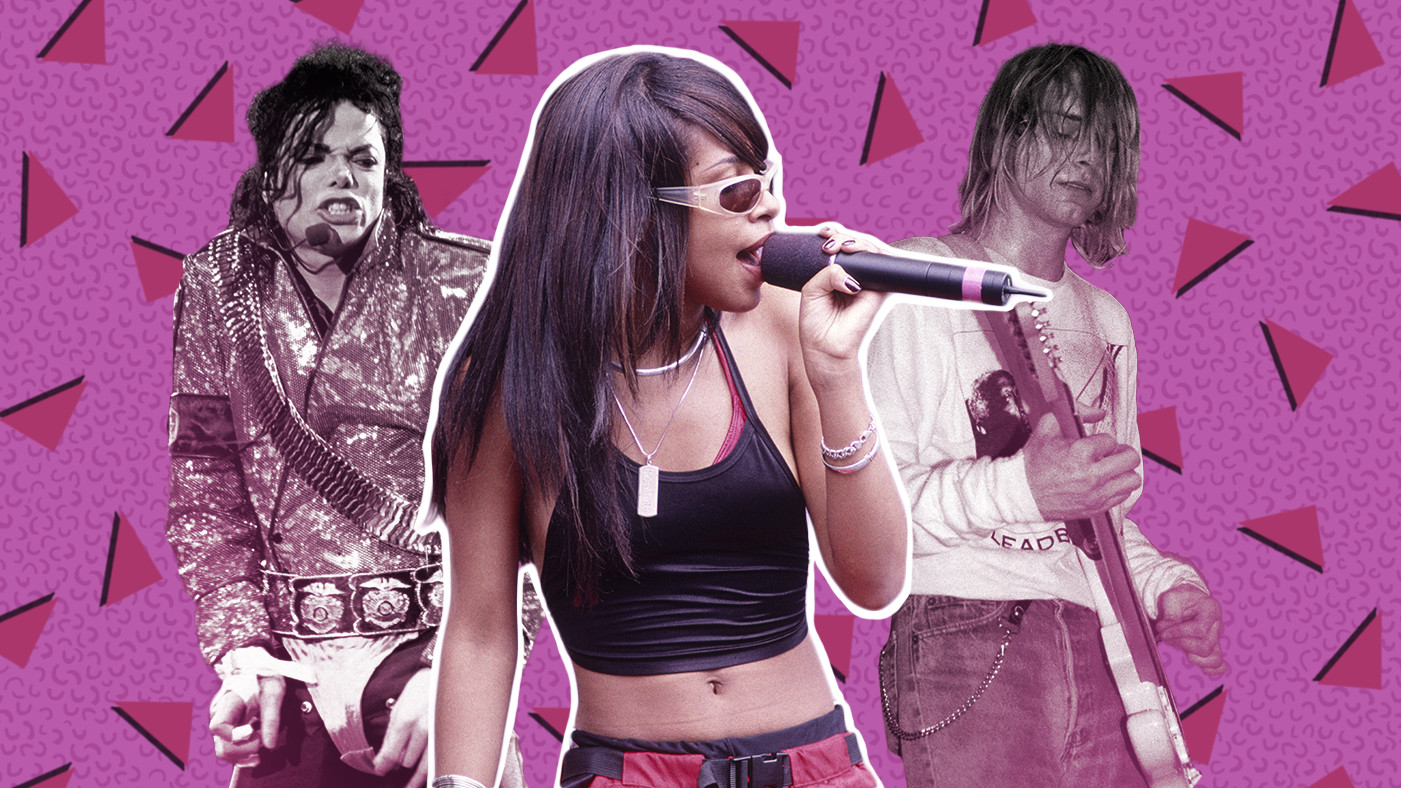 Sophie B Hawkins Damn I Wish I Was Your Lover
Sophie B Hawkins Damn I Wish I Was Your Lover
Sophie B. Hawkins, a bohemian and sensual artist, delivered a powerful performance with “Damn I Wish I Was Your Lover.” Her raw, emotive vocals express the pain of unrequited desire, making the word “damn” resonate with unexpected vulnerability. This song showcased the more emotionally intense and lyrically driven side of 90s female singer-songwriter songs.
Big Pun Feat. Joe – “Still Not a Player” (1998)
“Still Not a Player” brought together Uptown Bronx MC Big Pun and R&B crooner Joe, creating a smooth and seductive track. Set against a lovers-rock piano melody, the song is an ode to attracting “highly intelligent bachelorettes.” With its pan-cultural party vibe (“boricua, morena“) and suggestive lyrics, “Still Not a Player” showcased Big Pun’s lyrical prowess and charisma. R.I.P., Pun – he may have claimed to be “not a player,” but his impact on 90s hip hop was undeniable.
Sebadoh – “Brand New Love” (1992)
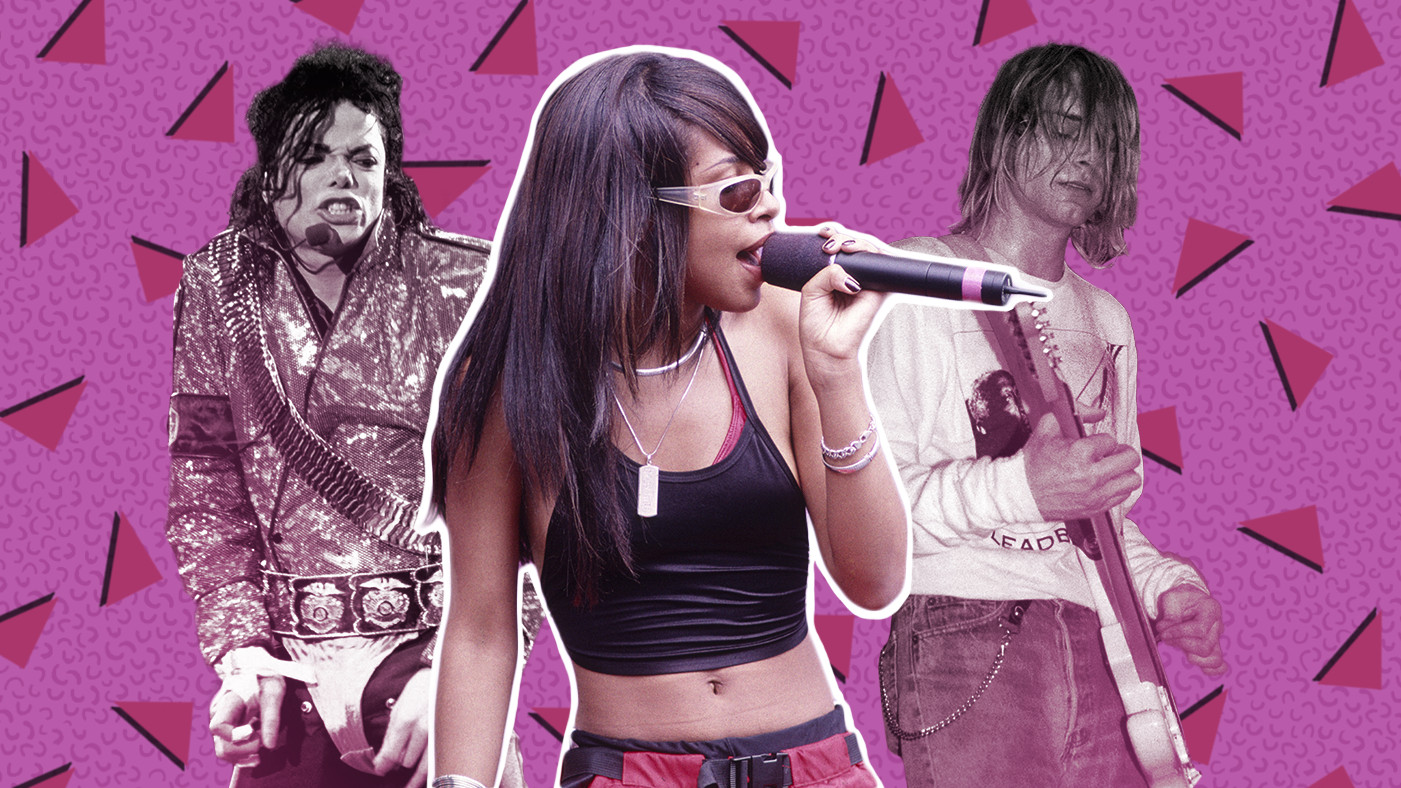 Sebadoh Brand New Love
Sebadoh Brand New Love
Sebadoh, known for their lo-fi punk aesthetic, took a step towards vulnerability with “Brand New Love.” This folk-infused ballad transitions into feedback-laden rock, chronicling the experience of opening oneself to new emotions and connections. The song’s narrative of overcoming bitterness and embracing vulnerability resonated within the 90s indie rock scene.
Geto Boys – “Mind Playing Tricks on Me” (1991)
“Mind Playing Tricks on Me” by Geto Boys remains one of the most chilling and narrative-driven gangsta rap tracks ever created. Willie D’s intense verses paint a vivid picture of paranoia and fear, culminating in a haunting climax where he pounds his bloody fists against concrete, all set to a cold jazz-fusion loop. This song pushed the boundaries of storytelling in 90s rap music, exploring darker themes with unflinching realism.
New Radicals – “You Get What You Give” (1998)
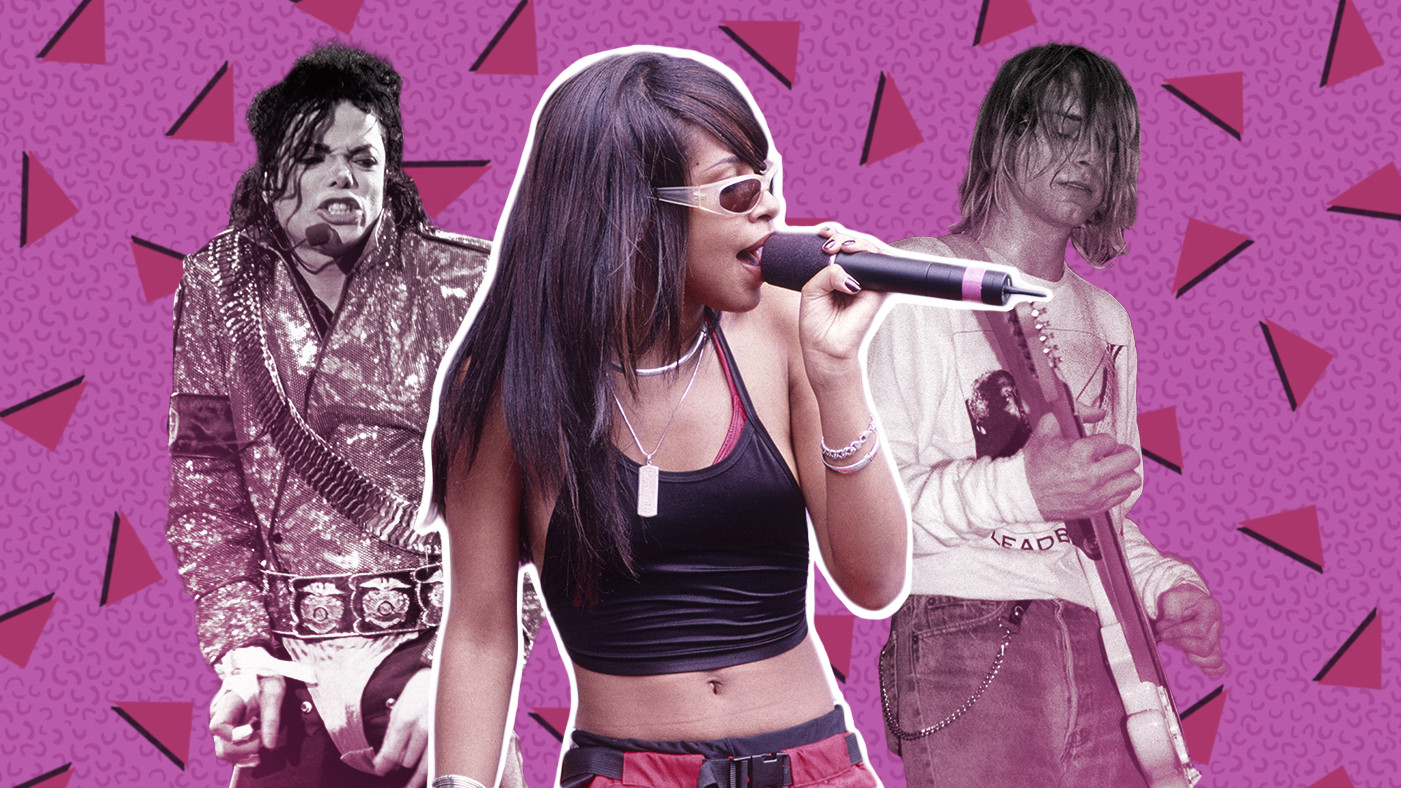 New Radicals You Get What You Give
New Radicals You Get What You Give
New Radicals are the quintessential one-hit wonder, delivering the gloriously anthemic “You Get What You Give.” This prom-ready track, complete with its bucket hat-wearing frontman and mall-riot themed video, also featured memorable celebrity name-drops, dissing Beck, Hanson, Courtney Love, and Marilyn Manson. Despite their brief time in the spotlight, “You Get What You Give” remains an enduringly uplifting and rebellious track, a true gem of 90s one-hit wonders. The New Radicals frontman later earned an Oscar nomination in 2015 for Begin Again, although disappointingly, he skipped the bucket hat on the red carpet.
Portishead – “Glory Box” (1994)
Portishead’s “Glory Box” is the epitome of elegant trip-hop melancholy. Beth Gibbons’s soulful vocals, filled with sorrow, are perfectly matched with the timeless 70s sample from Isaac Hayes’s funk masterpiece. This track exemplifies the sophistication and atmospheric depth of 90s trip hop, a genre that blended hip-hop beats with jazz, soul, and electronica influences. Interestingly, the sample was reintroduced to a new generation in 2015 by Alessia Cara, who was not even born when “Glory Box” was released, highlighting its lasting impact.
Sheryl Crow – “If It Makes You Happy” (1996)
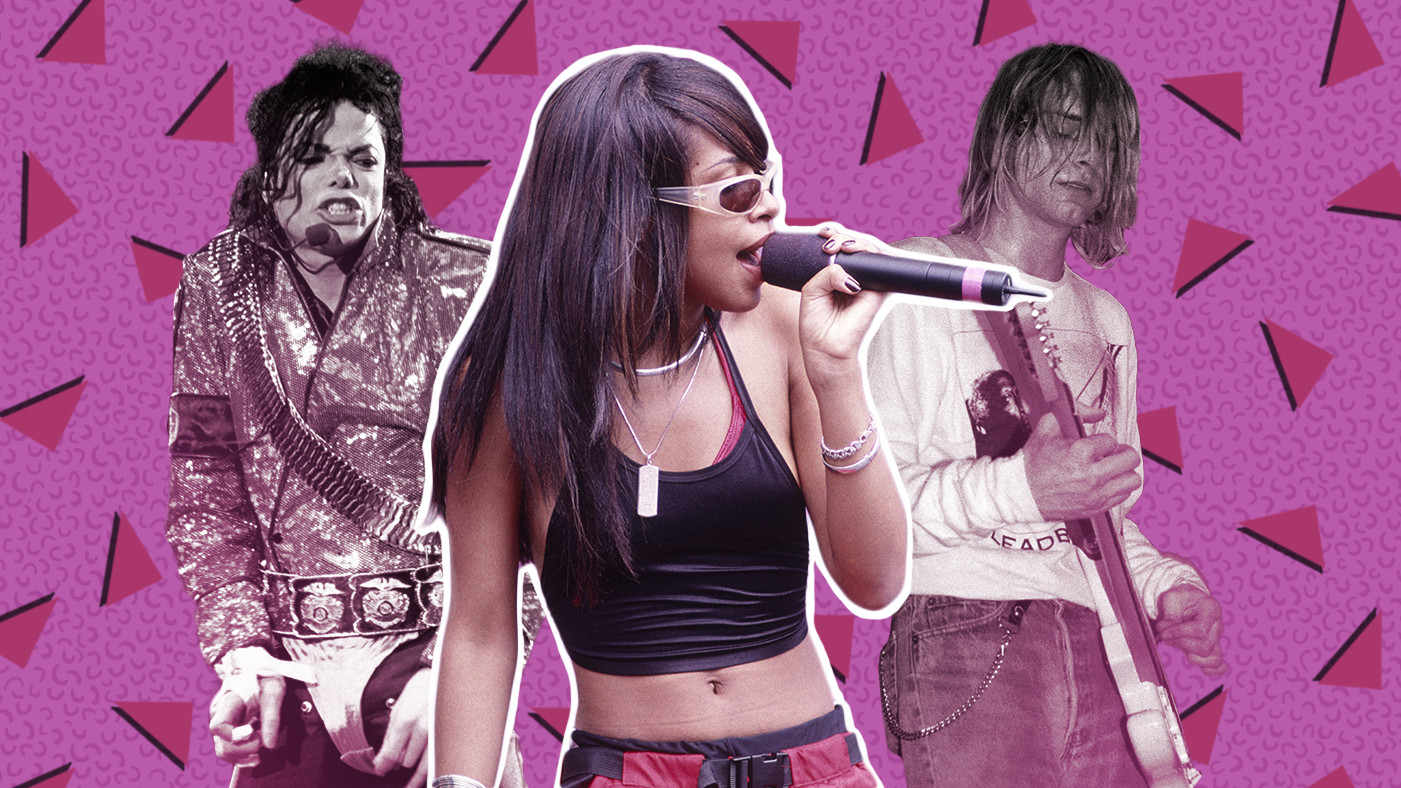 Sheryl Crow If It Makes You Happy
Sheryl Crow If It Makes You Happy
Sheryl Crow captivated audiences with “If It Makes You Happy,” particularly with the relatable and quintessentially 90s line about scraping mold off bread. This song perfectly embodies the decade’s vision of rock and roll infused with a sense of stoner-esque ennui and laid-back attitude. It’s a classic example of 90s alternative rock with a touch of country and pop sensibility.
En Vogue – “Don’t Let Go (Love)” (1996)
En Vogue, the queens of funky divas, delivered their steamiest slow jam with “Don’t Let Go (Love).” The song explores themes of love, heartbreak, and emotional turmoil with powerful vocals and harmonies. The standout moment, “If I could wear your clothes… I’d pretend I was you… and looooose controoool!” perfectly captures the song’s passionate and dramatic essence, making it a standout among 90s R&B songs.
Helium – “XXX” (1994)
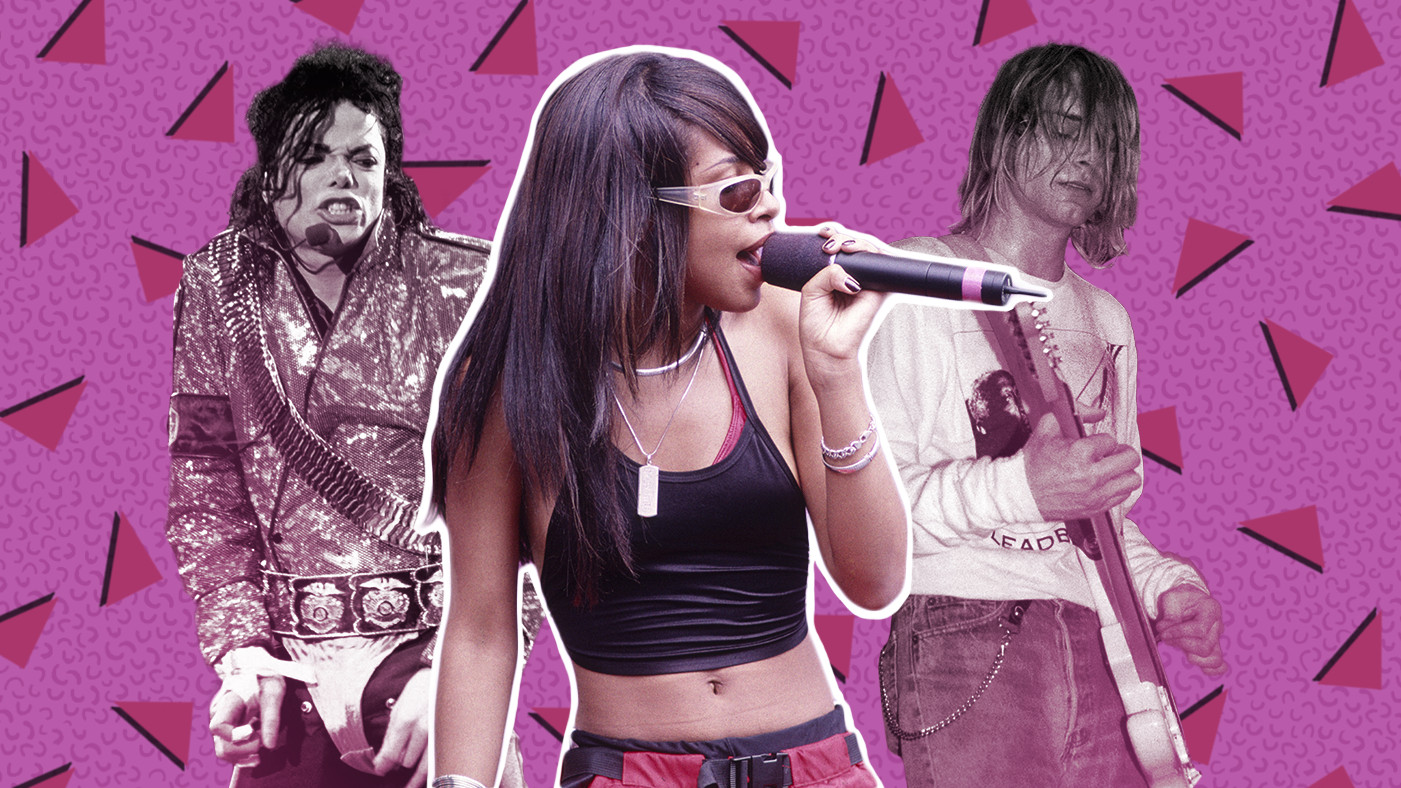 Helium XXX
Helium XXX
Mary Timony, a guitar virtuoso who later formed Wild Flag and Ex Hex, showcased her unique talent in Helium’s “XXX.” This seemingly sweet ballad takes a dark turn, with Timony singing about lethal consequences for street harassment, proclaiming her guitar as her weapon. The song’s darkly humorous and deadpan delivery, especially in lines like “My heart is a cab…your love is a fad…and you’re a draaag!”, makes it a unique and memorable entry in 90s indie rock.
Foxy Brown With Jay Z – “I’ll Be” (1996)
“I’ll Be” paired the rising star Foxy Brown with the newly emerged Jay-Z from his Reasonable Doubt era. Foxy’s bold opening line, “I’m 2 live, nasty as I wanna be,” sets the tone for a sexually charged and confident track. Jay-Z’s response, “Don’t shake your sassy ass in front of me,” further fuels the playful tension. This collaboration served as early evidence of Jay-Z’s masterful presence and Foxy Brown’s star power, solidifying their places in 90s hip hop. Few could have predicted Jay-Z’s decades-long reign at the top of the music industry after this early hit.
Underworld – “Born Slippy .Nuxx” (1996)
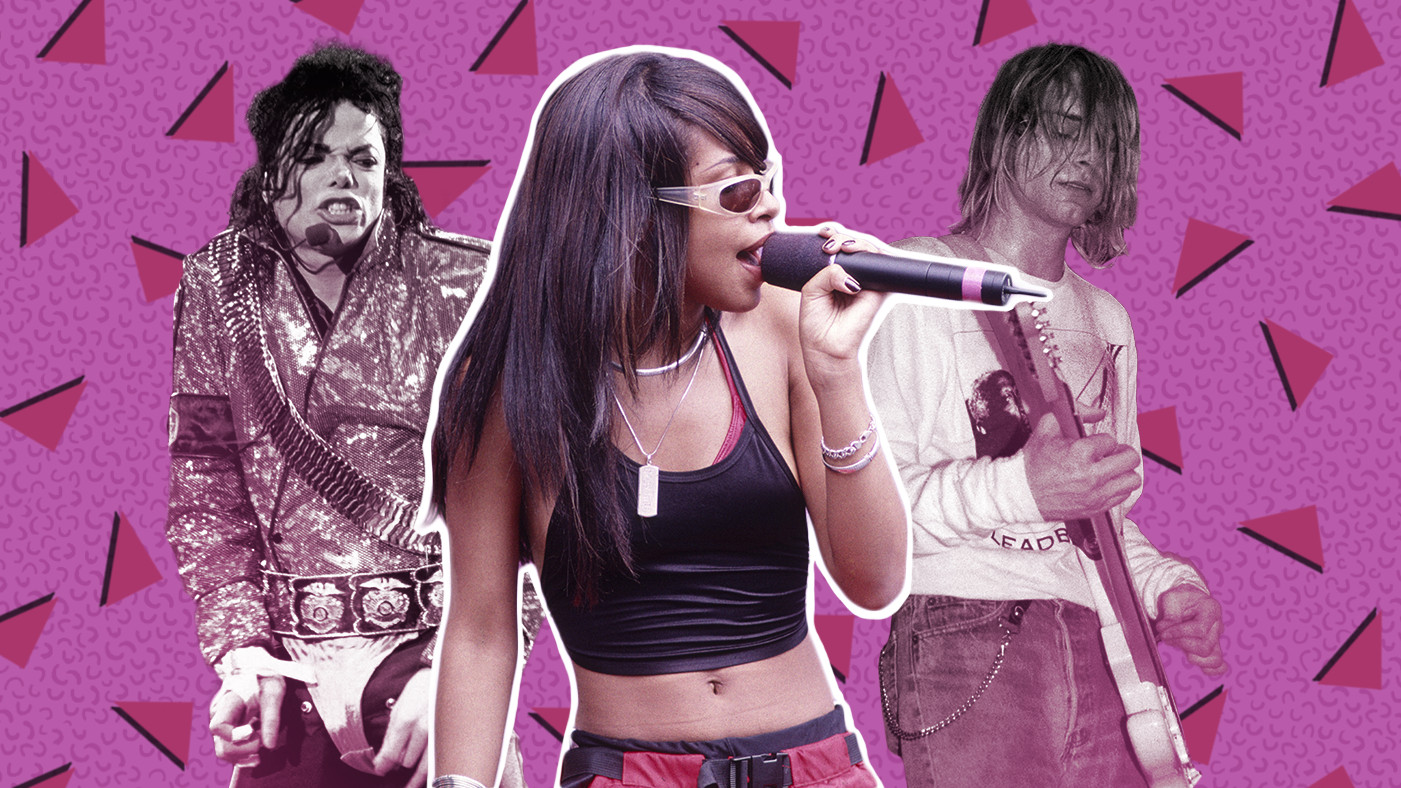 Underworld Born Slippy Nuxx
Underworld Born Slippy Nuxx
“Born Slippy .Nuxx” by Underworld is an explosion of techno sensory overload. Its popularity surged after being featured in Trainspotting, particularly due to the unforgettable “lager lager lager lager” chant. The track’s intense energy and chaotic sound became synonymous with the hedonistic and drug-fueled culture depicted in the film, making it a defining anthem of 90s electronic music and rave culture. While the lyrics mention lager, the song’s sonic landscape suggests a wider range of influences and substances might have been at play in its creation.
Sir Mix-A-Lot – “Baby Got Back” (1992)
“Baby Got Back” by Sir Mix-A-Lot is undeniably iconic. This unapologetic celebration of the female posterior became a cultural phenomenon. Nearly everyone in the English-speaking world can quote lines from this pro-butt manifesto. Its humor and catchy beat made it a crossover hit, transcending genre boundaries and becoming one of the most recognizable 90s novelty songs.
Fiona Apple – “Paper Bag” (1999)
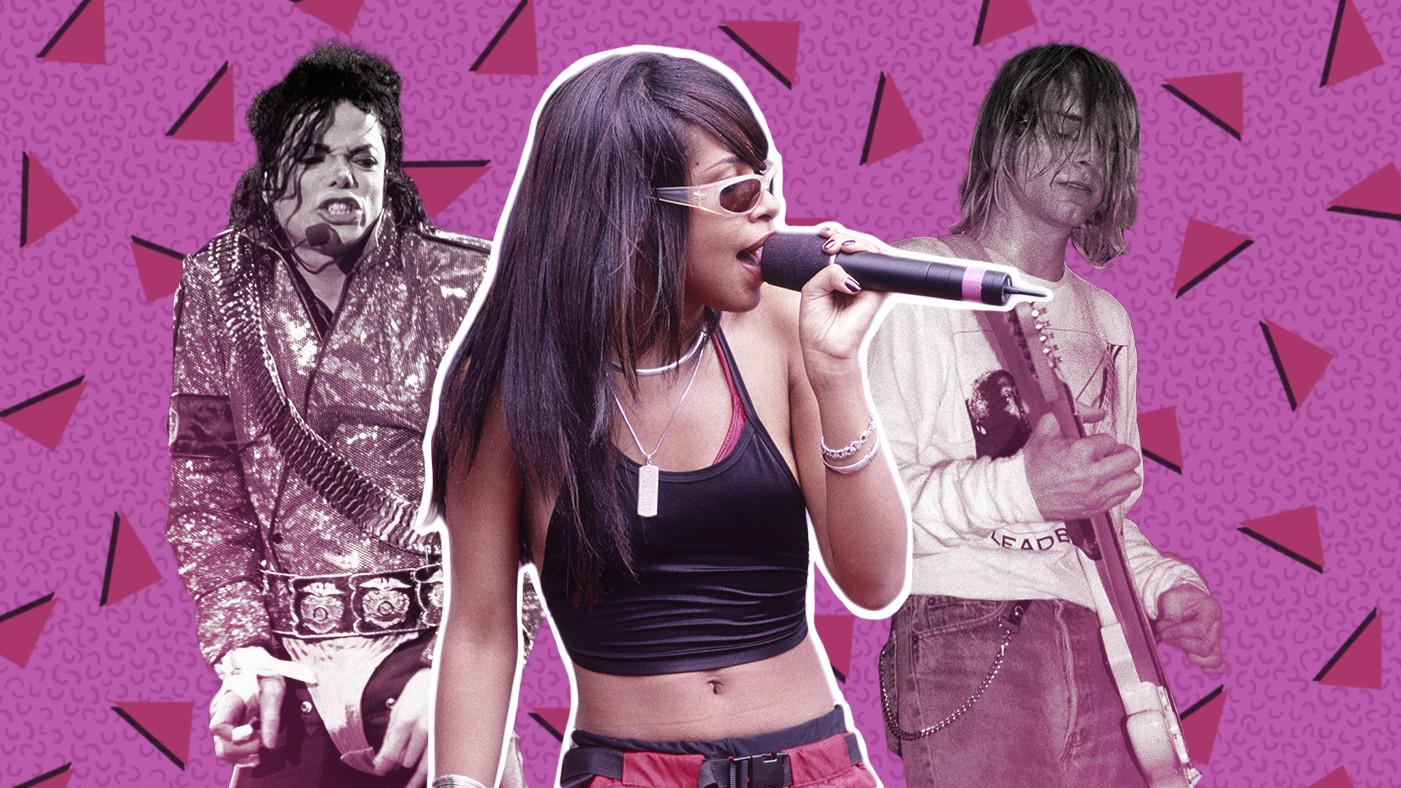 Fiona Apple Paper Bag
Fiona Apple Paper Bag
Fiona Apple’s “Paper Bag” is a poignant and introspective track. The simple yet powerful line, “He thought he was a man, but he was just a little boy,” encapsulates the song’s theme of disillusionment and heartbreak. Apple’s raw honesty and unique piano-driven sound cemented her place as a leading voice in 90s alternative singer-songwriter music.
Weezer – “Pink Triangle” (1996)
Years before “overshare” became a common term, Rivers Cuomo of Weezer embraced the concept with “Pink Triangle.” This love song, released before the term gained mainstream popularity (perhaps first widely used in the film Bring It On), delves into the realm of awkward and clueless straight-dude behavior. Cuomo’s self-deprecating lyrics and the song’s catchy melody made it a relatable and somewhat humorous exploration of romantic missteps, characteristic of 90s alternative rock. His aspiration to match Nirvana’s impact, however, might have been more in his own mind than in reality.
Daft Punk – “Around the World” (1997)
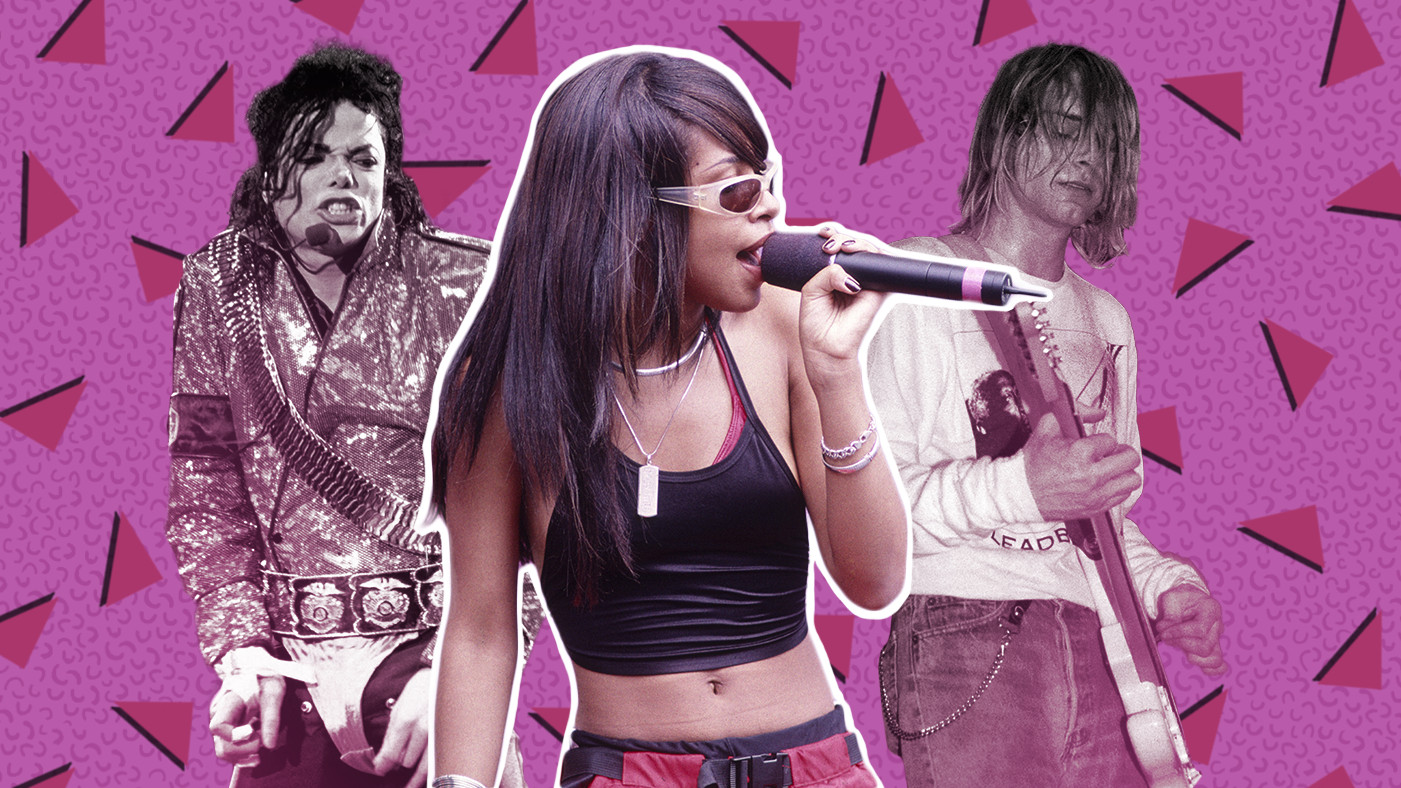 Daft Punk Around the World
Daft Punk Around the World
Daft Punk, the enigmatic French duo of techno robots, took the iconic bassline from Chic’s “Good Times” and propelled it into the stratosphere with “Around the World.” This track, with its repetitive yet hypnotic vocal phrase and filter-house sound, launched countless imitators and defined a subgenre of 90s house music. It’s a testament to the power of a simple groove and innovative production techniques.
Natalie Imbruglia – “Torn” (1998)
“Torn” by Natalie Imbruglia is a karaoke classic, existing in a category of its own. For karaoke enthusiasts, 1998 remains a golden year, and “Torn” was undoubtedly a major part of that. Even today, “Torn” remains a powerfully emotional ballad. However, considering Natalie Imbruglia’s list of celebrity exes, it’s clear she’s more than capable of handling heartbreak without needing a shoulder to cry on, adding an ironic layer to the song’s melancholic theme within the context of 90s pop ballads.
Harvey Danger – “Flagpole Sitta” (1998)
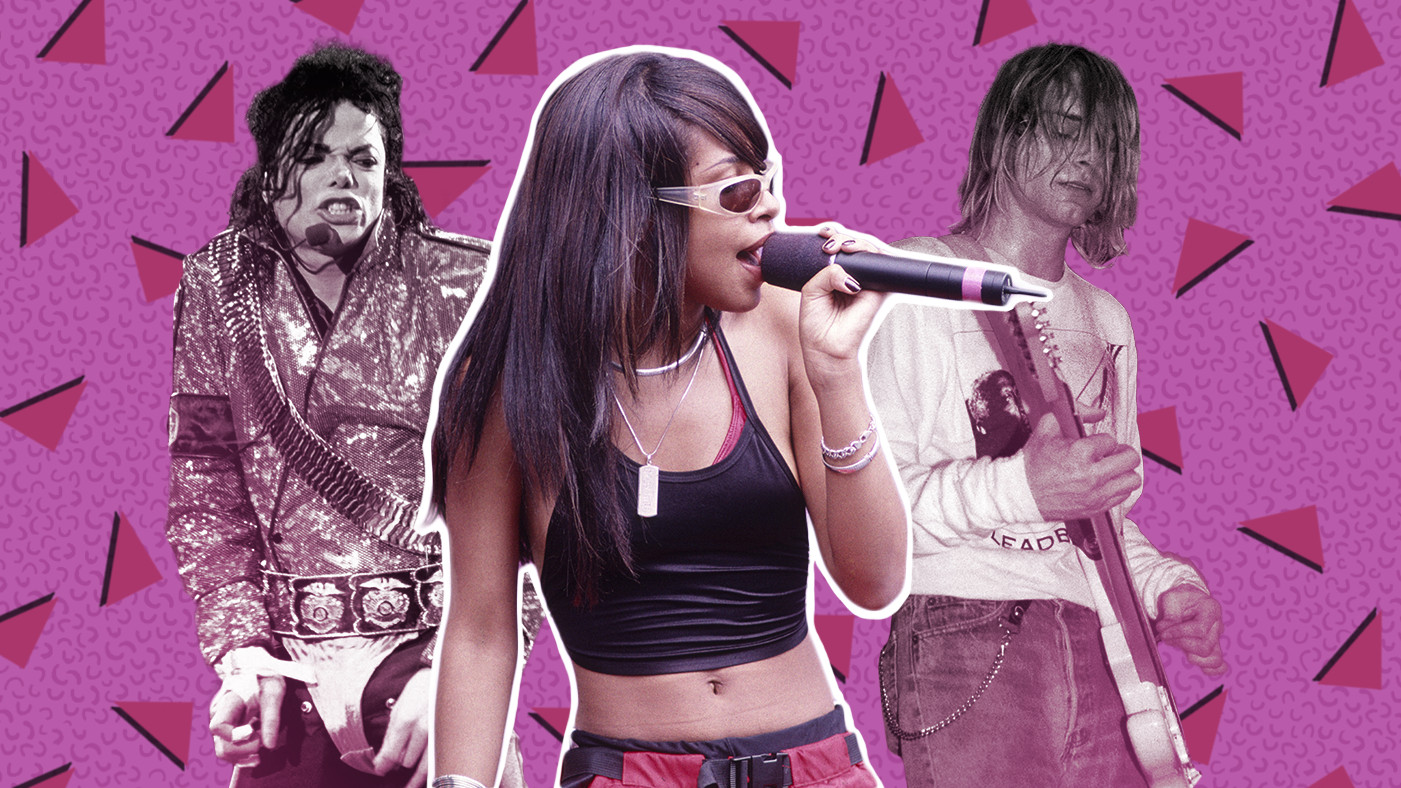 Harvey Danger Flagpole Sitta
Harvey Danger Flagpole Sitta
Similar to “Torn,” Harvey Danger’s “Flagpole Sitta” holds a special place in karaoke culture. The lyrics “I wanna publish zines and rage against machines” perfectly encapsulate the era’s DIY ethos and anti-establishment sentiments. The line “I don’t even own a TV” became a quintessential hipster statement, quickly becoming outdated as the 90s faded. “Flagpole Sitta” is a witty and insightful snapshot of 90s alternative culture.
Aaliyah – “Are You That Somebody” (1998)
“Are You That Somebody” showcased the groundbreaking production of Timbaland and the cool vocals of Aaliyah. Timbaland’s avant-garde beat was unlike anything heard before, yet Aaliyah effortlessly transformed it into a bonafide pop hit with her smooth and confident delivery. This collaboration marked a significant moment in 90s R&B, pushing sonic boundaries while maintaining mainstream appeal.
Oasis – “Wonderwall” (1995)
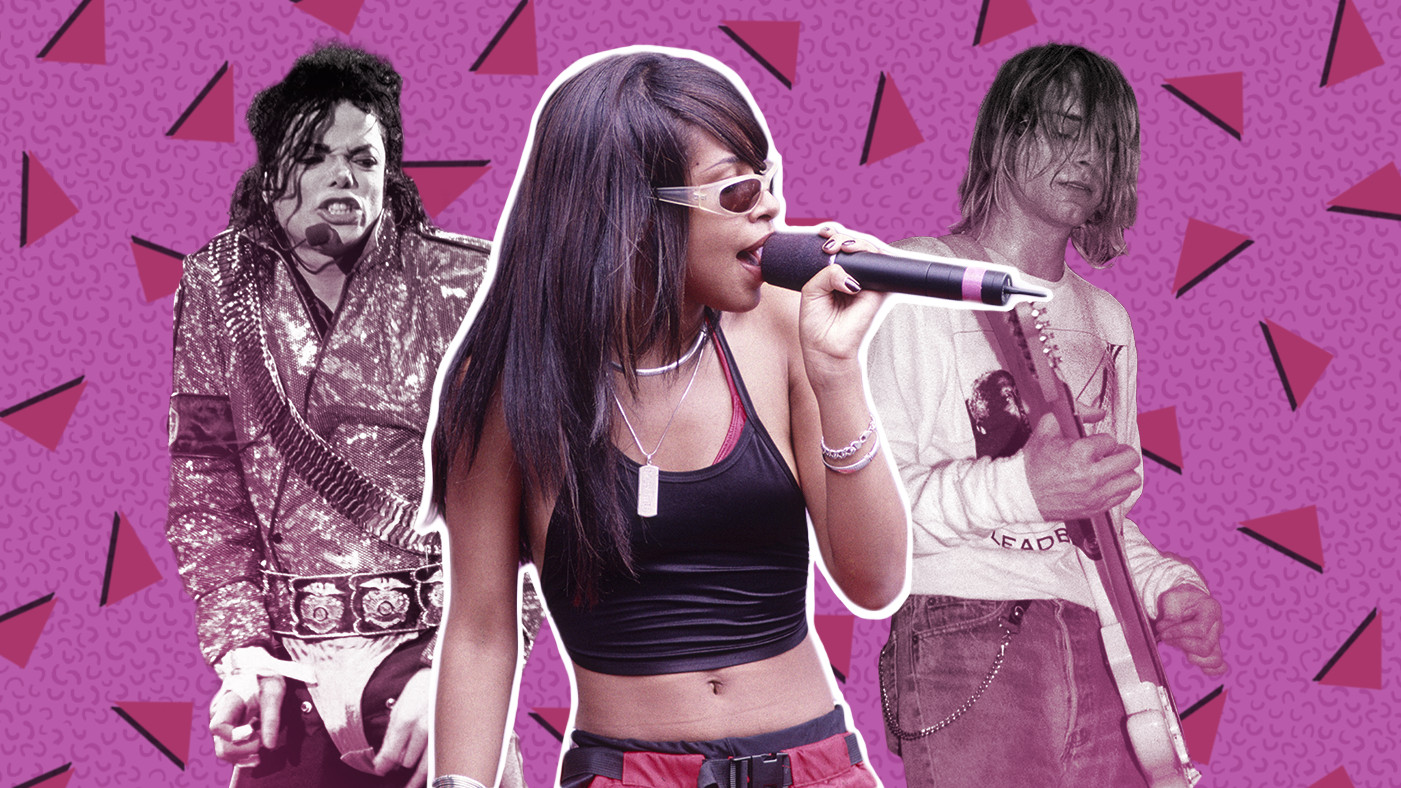 Oasis Wonderwall
Oasis Wonderwall
Noel Gallagher himself admitted that he had no idea what a “wonderwall” actually was when writing the song. And truthfully, neither did anyone else. Yet, the ambiguity didn’t matter then, and it doesn’t matter now. “Wonderwall” possesses an undeniable anthemic quality, instantly transforming any space into a boisterous pub singalong. This enduring popularity solidifies its place as a cornerstone of 90s Britpop songs.
Mobb Deep – “Shook Ones Pt. II” (1995)
Mobb Deep’s “Shook Ones Pt. II” can be considered the hip-hop equivalent of “Gimme Shelter,” offering a stark and unflinching portrayal of street life. Prodigy and Havoc, the Queensbridge duo, delivered verses from an urban combat zone, where vulnerability or any display of emotion could be fatal. The chilling line “ain’t no such thing as halfway crooks” encapsulates the song’s harsh realism. Mobb Deep were arguably the grittiest of the mid-90s East Coast hip-hop crews, and “Shook Ones Pt. II” remains as powerful and unsettling as ever, a classic example of 90s hardcore hip hop.
Smashing Pumpkins – “1979” (1995)
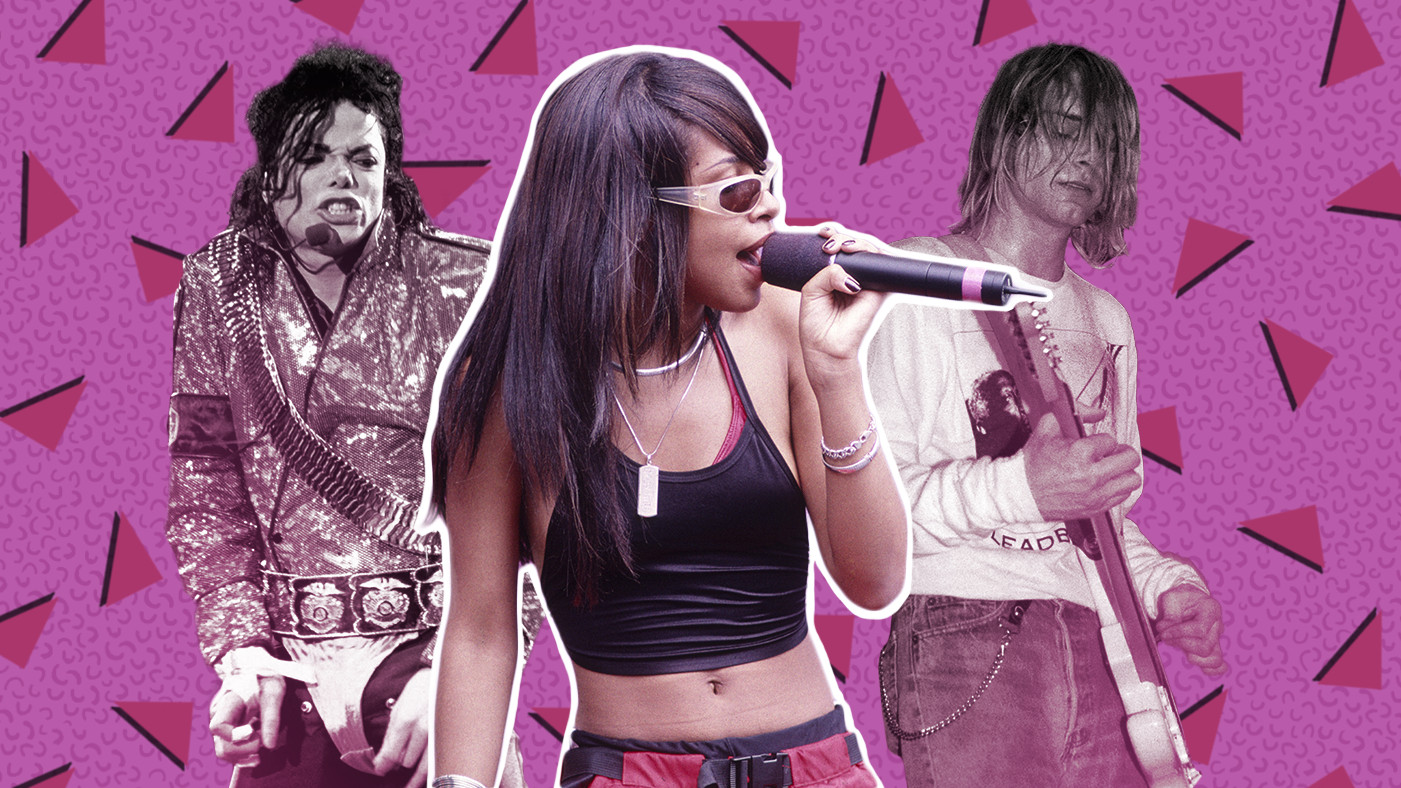 Smashing Pumpkins 1979
Smashing Pumpkins 1979
Billy Corgan’s “1979” is an evocative ode to the bittersweet pangs of a generic suburban Midwestern adolescence during summer. Built around James Iha’s shimmering guitar riff, the song possesses a universal appeal that transcended even Corgan’s detractors. It’s so well-regarded that even Pavement, known for their slacker rock aesthetic, covered it. “1979” perfectly captures the feeling of youthful freedom and fleeting moments, making it a standout 90s alternative anthem. “Faster than the speed of sound, faster than we thought we’d go” – lyrics that resonate with the decade’s rapid pace of change.
Beck – “Loser” (1993)
Beck emerged as a poet for his generation, joining the ranks of numerous artists who embraced lyrical depth during the 90s. “Loser” showcased his unique and eclectic style, blending bluesy guitar licks, a beatbox rhythm, and even a leaf blower sound effect. The music video, with its playful references to George Lucas’s intellectual property, further cemented Beck’s quirky and innovative image. “Loser” became an anthem for the slacker generation, a defining track of 90s alternative and indie music.
Whitney Houston Feat. Faith Evans and Kelly Price – “Heartbreak Hotel” (1998)
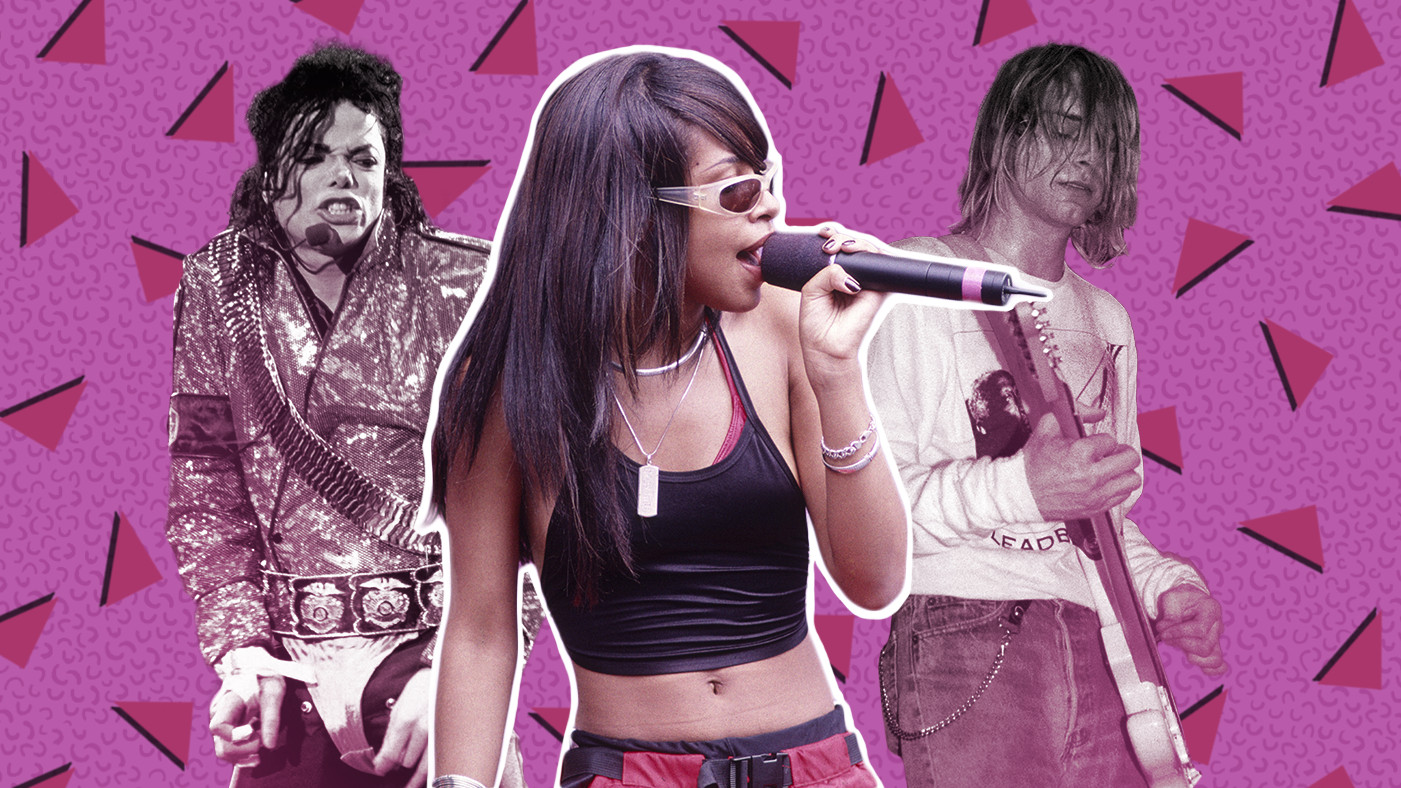 Whitney Houston Heartbreak Hotel
Whitney Houston Heartbreak Hotel
In “Heartbreak Hotel,” Whitney Houston, alongside Faith Evans and Kelly Price, delivered a powerful kiss-off to a disappointing romantic partner. Whitney’s vocal performance builds from subtle whispers to soaring high notes, delivering a potent dose of sweet revenge. At the time, it felt like the beginning of a new chapter for Whitney. Sadly, in retrospect, “Heartbreak Hotel” marked a turning point, becoming a poignant moment in her later career, yet still a testament to her vocal prowess within 90s R&B music.
Garbage – “Queer” (1995)
Garbage, fronted by Shirley Manson’s haunting vocals and produced by alt-rock luminary Butch Vig, delivered “Queer.” Manson’s eerie voice, combined with Vig’s signature studio effects, creates a mesmerizing and unsettling atmosphere. The whispered lines, “You can touch me if you want/But you can’t stop,” are both seductive and slightly menacing, perfectly capturing the band’s edgy and alternative sound, a hallmark of 90s alternative rock.
Beastie Boys – “Sure Shot” (1994)
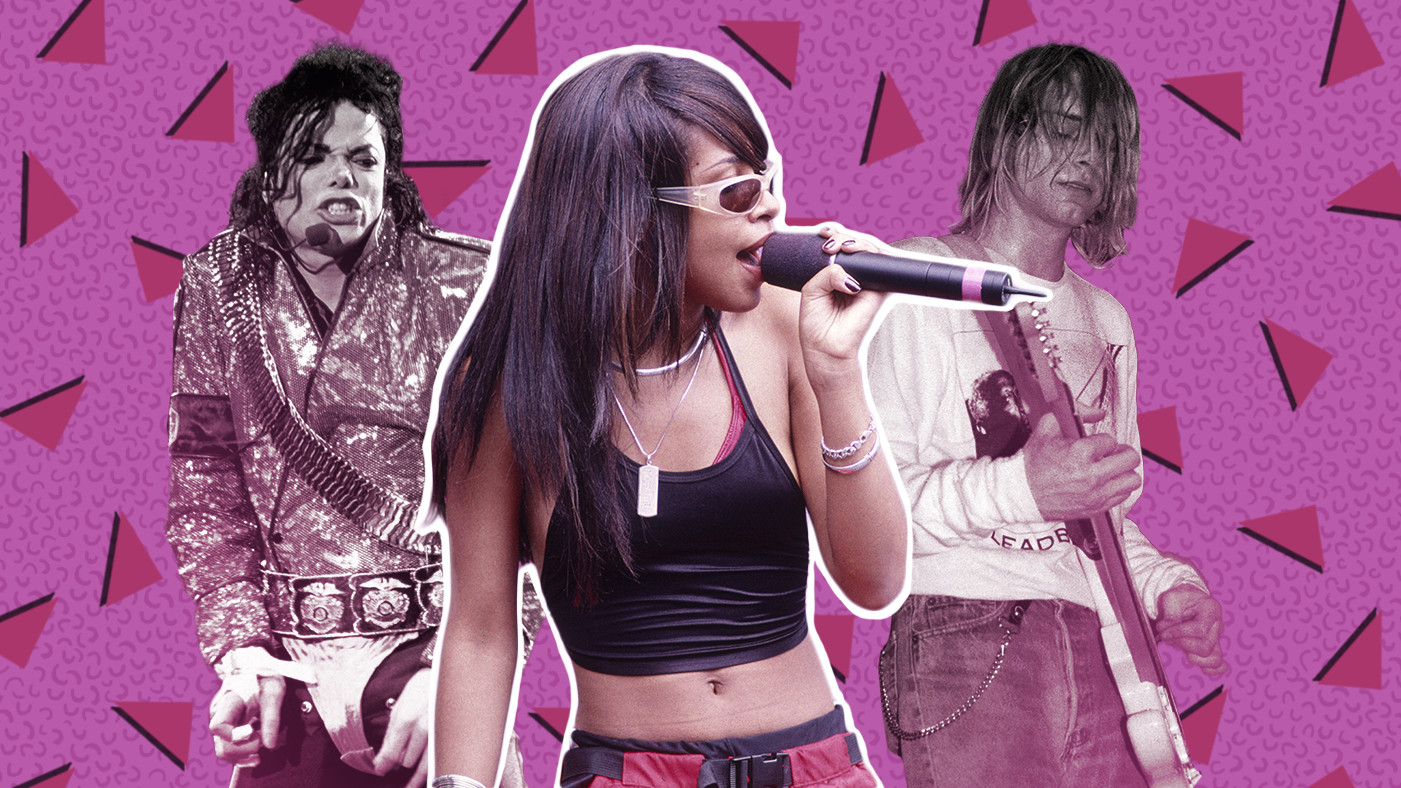 Beastie Boys Sure Shot
Beastie Boys Sure Shot
The Beastie Boys showcased their signature style and lyrical dexterity in “Sure Shot.” Adam Yauch’s shout-out, “to all the mothers and the sisters and the wives and friends,” is a memorable moment in this track that celebrates unity and respect. “Sure Shot” embodies the Beastie Boys’ energetic and genre-bending approach to 90s hip hop, proving that they “can’t, you won’t and you don’t stop.”
Sleater-Kinney – “Get Up” (1999)
Sleater-Kinney, the iconic Portland punk trio, captured the feeling of isolation and defiance in “Get Up.” The song’s raw energy and powerful guitars, described as sounding “like a bucket of stars dumped into the universe,” create an intense and cathartic experience. “Get Up” is a powerful anthem of resilience, embodying the spirit of 90s riot grrrl and indie rock.
Outkast – “Rosa Parks” (1998)
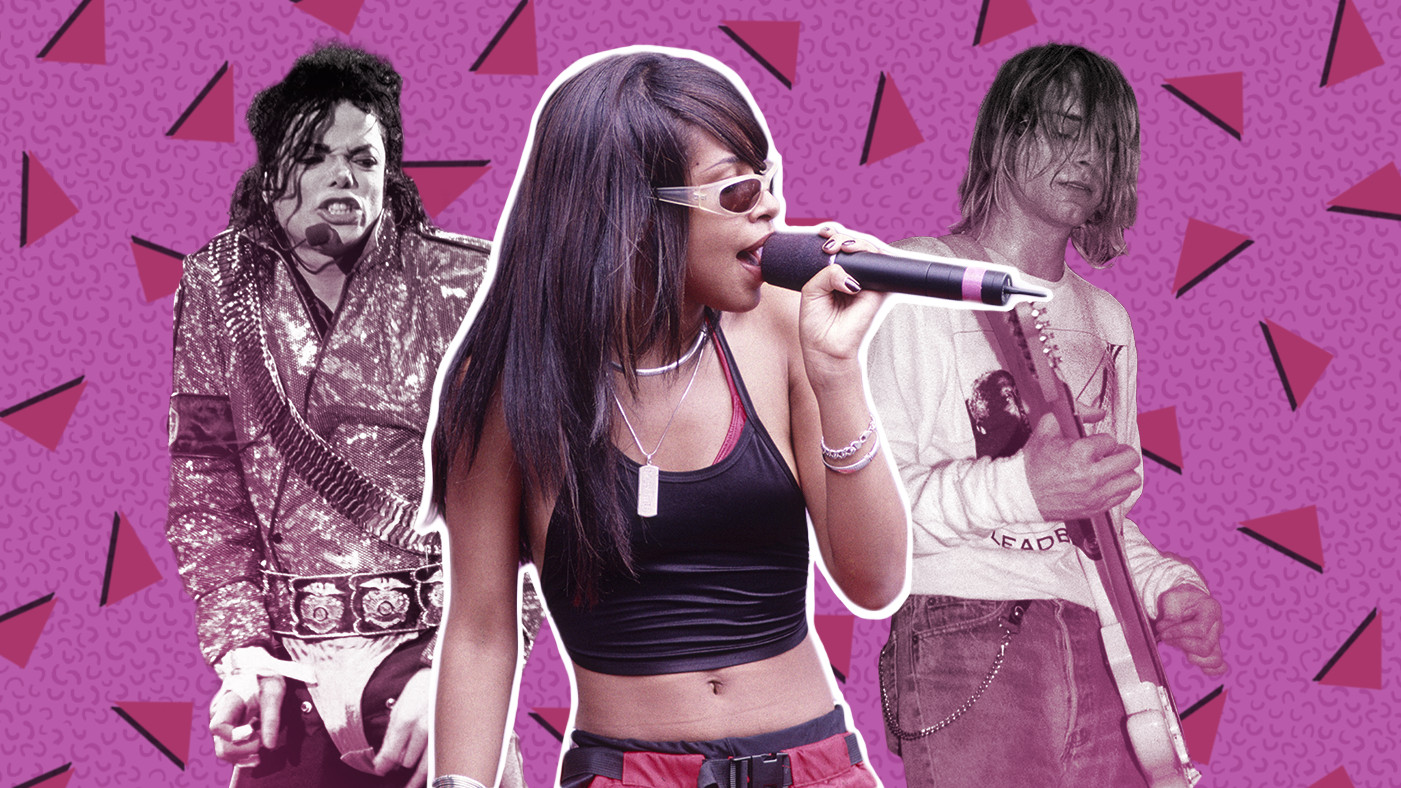 Outkast Rosa Parks
Outkast Rosa Parks
Outkast’s “Rosa Parks” became the funky-bus jam of the decade, a quintessential Dirty South anthem. The track also features the decade’s most memorable harmonica solo (apologies to Blues Traveler!). “Rosa Parks” introduced much of the country to the innovative sounds coming out of Atlanta’s “dirty-dirty ATLien nation,” showcasing Big Boi and André 3000’s unique musical chemistry. It’s also credited with popularizing the word “crunk,” and its sound remains as fresh and innovative today, a landmark in 90s hip hop.
R.E.M. – “Nightswimming” (1992)
“Nightswimming” by R.E.M. is a bittersweet piano-driven reverie. The song evokes nostalgic memories of skinny-dipping in the Georgia pines, with Michael Stipe’s vocals expressing a desire to hold onto these fleeting moments before they fade away. It’s a poignant and reflective track from a band that consistently delivered high-quality albums throughout the 90s. “Nightswimming” is a prime example of 90s alternative rock at its most introspective and beautiful.
Ol’ Dirty Bastard – “Brooklyn Zoo” (1995)
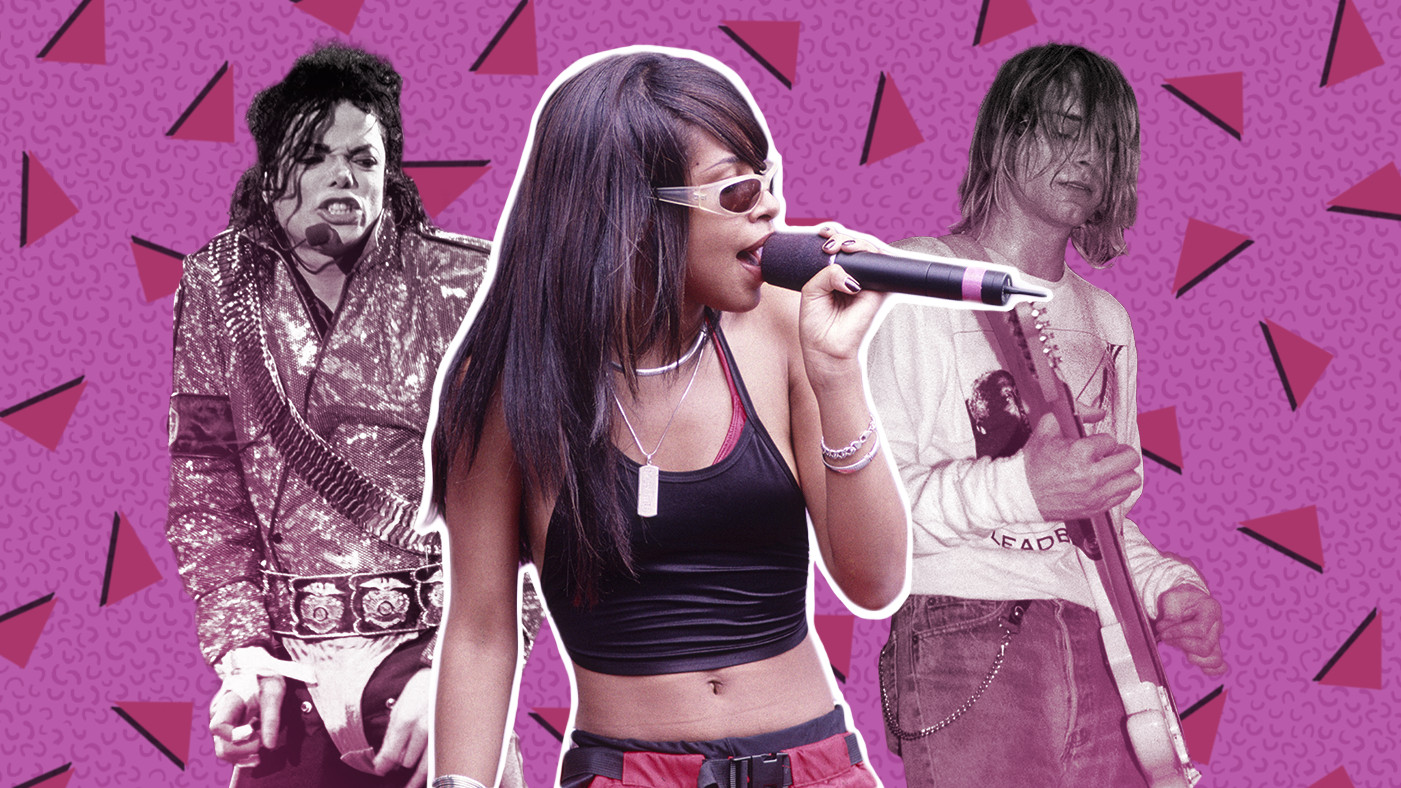 Ol' Dirty Bastard Brooklyn Zoo
Ol' Dirty Bastard Brooklyn Zoo
The Wu-Tang Clan universe was known for complex, album-length narratives, but “Brooklyn Zoo” by Ol’ Dirty Bastard was their most successful and humorous attempt at radio airplay. ODB, a.k.a. Big Baby Jesus, unleashes his chaotic energy over RZA’s broken piano keys, creating a track that is both unpredictable and undeniably catchy. “Brooklyn Zoo” proved that Wu-Tang’s appeal could extend beyond their core fanbase, showcasing their versatility and solidifying their place in 90s hip hop. Proof that “Wu-Tang really is for the children.”
The Breeders – “Cannonball” (1993)
Kim Deal, formerly of alt-rock pioneers Pixies, formed The Breeders with her twin sister Kelley. “Cannonball” is a freewheeling, messy, and big-hearted song that became an unexpected radio hit. Its unconventional structure and catchy chorus made it one of the most unique and memorable radio hits of the 90s, or any decade. “Cannonball” exemplifies the quirky and unpredictable nature of 90s alternative music.
Hole – “Doll Parts” (1994)
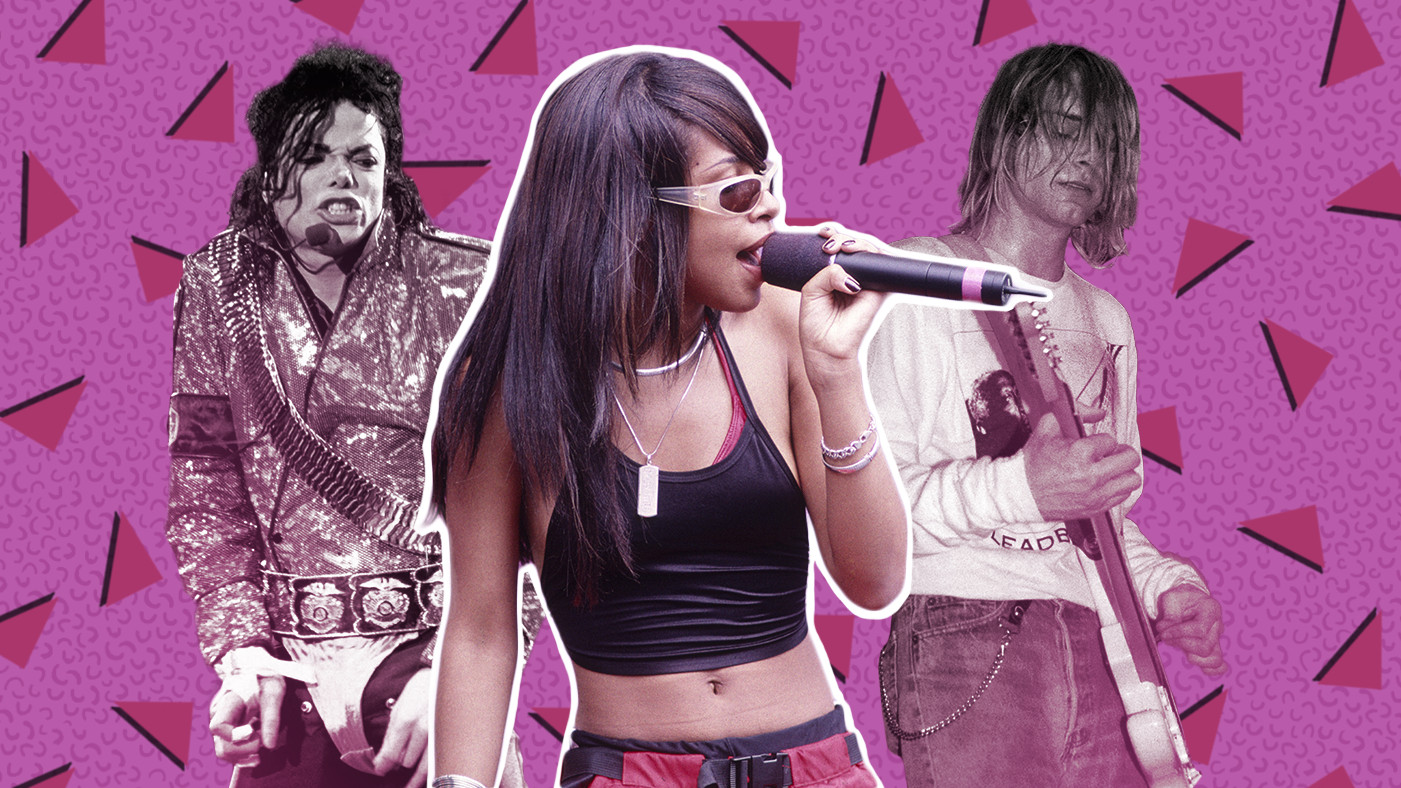 Hole Doll Parts
Hole Doll Parts
“Doll Parts” by Hole is arguably Courtney Love’s finest musical moment. The song’s raw emotion and vulnerability resonated deeply with listeners. The poignant lyrics and Love’s powerful vocals create a sense of aching sadness, a feeling that many can relate to. “Doll Parts” is a defining track of 90s alternative rock and a powerful expression of female vulnerability and strength.
TLC – “No Scrubs” (1999)
TLC, the iconic crazy-sexy-cool Atlanta trio, closed out the decade they dominated with “No Scrubs.” This hilarious and assertive anthem directly addresses street harassment and sets clear boundaries. “No Scrubs” became a cultural touchstone, resonating with women who were tired of dealing with unwanted advances. It’s a testament to TLC’s cultural impact and their ability to blend humor with social commentary within 90s R&B and pop music. Burn on, Left Eye.
Liz Phair – “Fuck and Run” (1993)
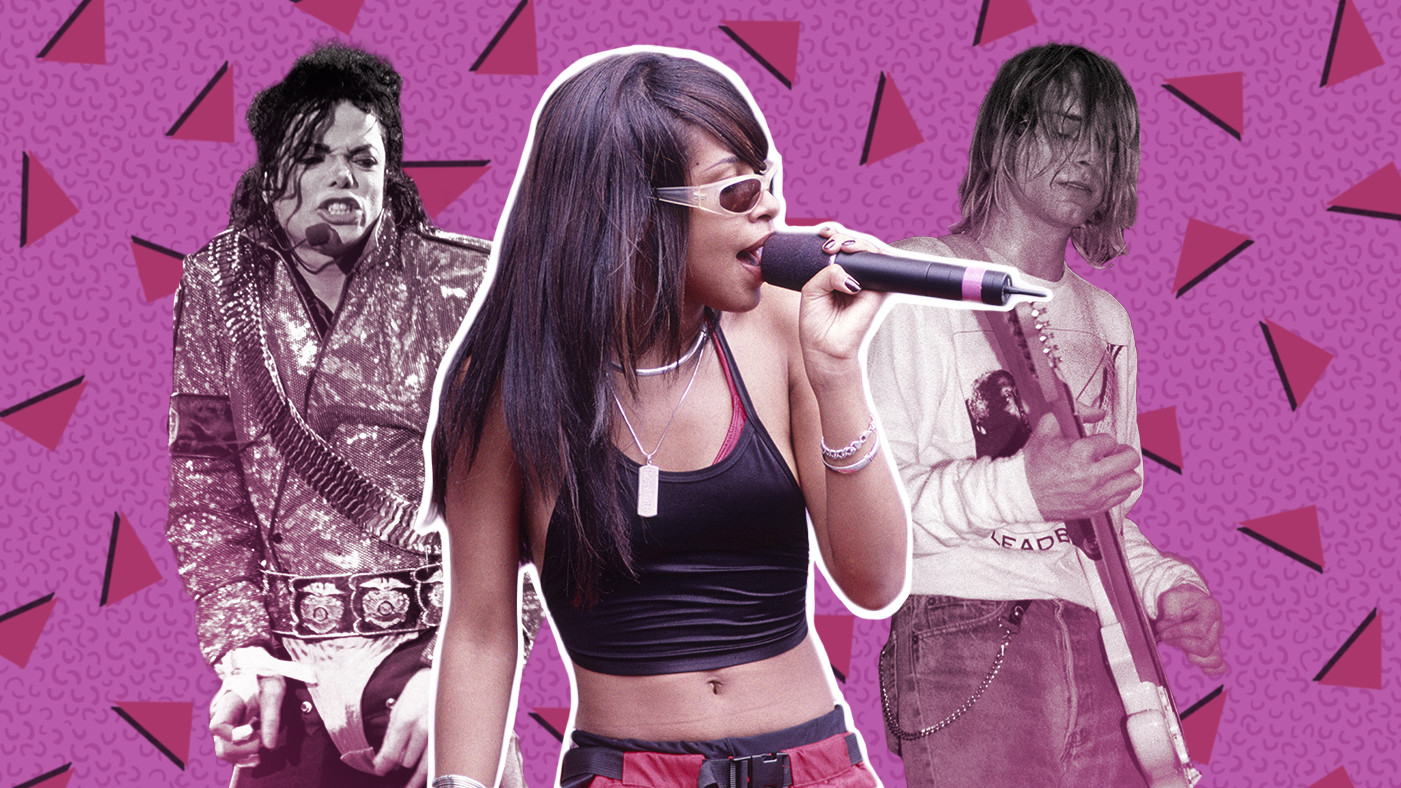 Liz Phair Fuck and Run
Liz Phair Fuck and Run
Liz Phair’s “Fuck and Run” speaks to the complexities of relationships and casual encounters. Her plainspoken and honest lyrics, delivered with a raw vulnerability, resonated deeply. The song’s theme of disposable relationships and emotional unavailability remains relevant today, unfortunately. “Fuck and Run” is a stark and honest portrayal of love and heartbreak in the 90s, a key track in 90s indie and alternative music. “Same old story: Boys only want love if it’s torture.”
Pulp – “Common People” (1995)
Jarvis Cocker, the frontman of Pulp, oozes charisma and wit in “Common People.” This Britpop masterpiece is brimming with sex, sarcasm, and a touch of despair, although primarily driven by its seductive energy. Cocker’s delivery is unparalleled, making “Common People” a defining track of 90s Britpop and a testament to Pulp’s unique style and lyrical brilliance.
Missy “Misdemeanor” Elliott – ”The Rain (Supa Dupa Fly)” (1997)
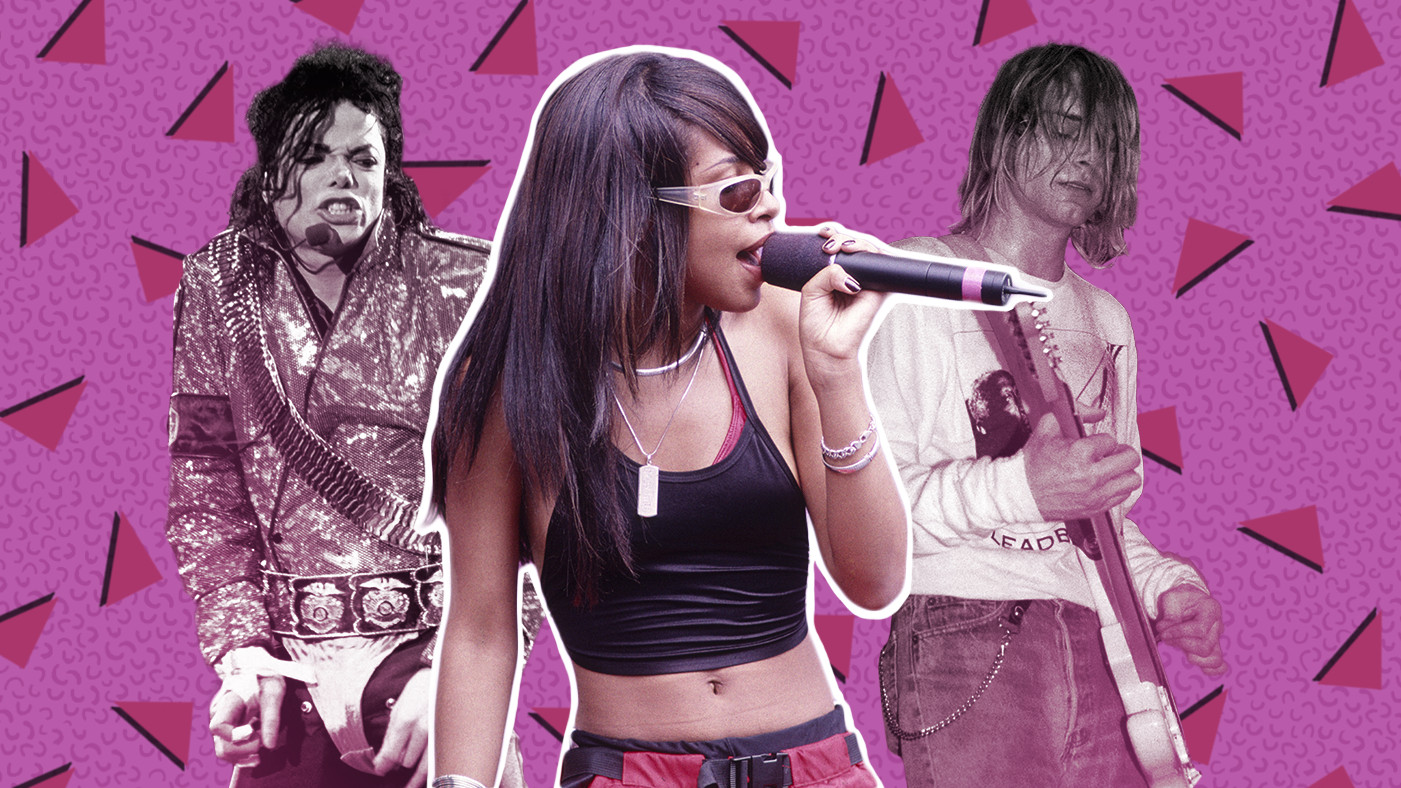 Missy Elliott The Rain Supa Dupa Fly
Missy Elliott The Rain Supa Dupa Fly
“The Rain (Supa Dupa Fly)” introduced the groundbreaking duo of Missy Elliott and Timbaland, who would go on to shape the sound of the late 90s and beyond. Together, they transformed a 70s R&B sample into a sultry and atmospheric track, evoking a long, humid Southern night with crickets and approaching storm clouds. Missy’s innovative flow and Timbaland’s futuristic production made “The Rain” a game-changer in 90s hip hop and R&B. “Oh, Missy, try to maintain.”
Pavement – “Gold Soundz” (1994)
Pavement’s “Gold Soundz” encapsulates the boyish urgency and emotional depth of The Beach Boys’ Pet Sounds in a concise three-minute package. Stephen Malkmus and his band waste no time in this track – every guitar twang, every mumbled lyric, contributes to a perfect emotional surge. “Gold Soundz” showcases Pavement’s slacker rock brilliance and their ability to convey complex emotions with seemingly effortless cool, a cornerstone of 90s indie rock. “Almost like they care or something.”
Dr. Dre and Snoop Dogg – “Nuthin’ but a ‘G’ Thang” (1992)
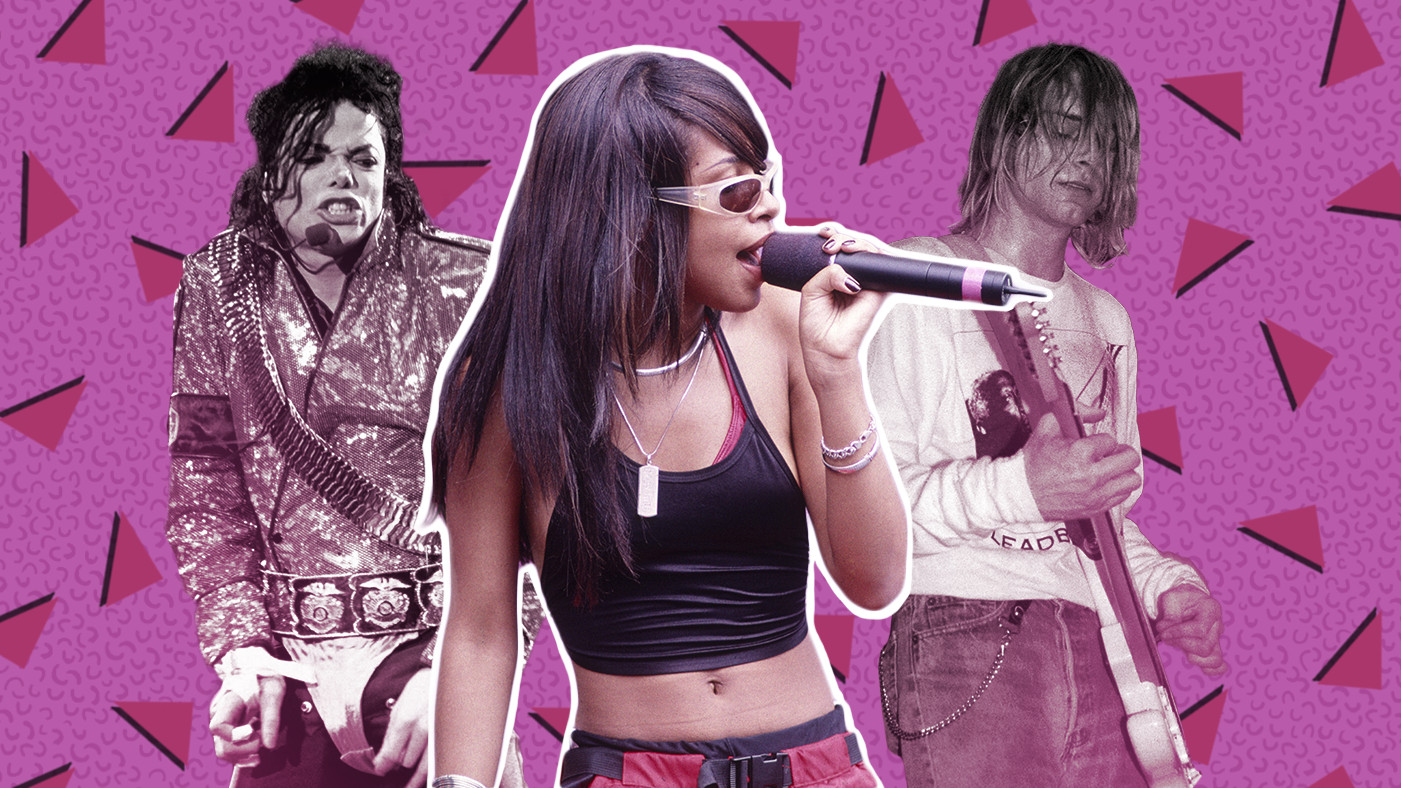 Dr. Dre and Snoop Dogg Nuthin but a G Thang
Dr. Dre and Snoop Dogg Nuthin but a G Thang
Dr. Dre, a producer with an already established career from N.W.A., returned stronger than ever with “Nuthin’ but a ‘G’ Thang,” featuring the fresh talent of Snoop Dogg. This track’s iconic G-funk groove, with its instantly recognizable bassline, makes any car bounce. “Nuthin’ but a ‘G’ Thang” launched Snoop Dogg into superstardom and solidified Dr. Dre’s legendary status, redefining 90s West Coast hip hop.
Bikini Kill – “Rebel Girl” (1993)
Bikini Kill, led by the fierce Kathleen Hanna, along with their token male guitarist, collaborated with Joan Jett to create “Rebel Girl.” This seven-inch single became an anthem for the riot grrrl movement, fulfilling punk rock’s radical promises. “Rebel Girl” is a powerful celebration of female empowerment and rebellion, with lyrics that resonate with revolutionary spirit. “Rock & roll that had political and emotional muscle? How bizarre.” – Bikini Kill proved it was not only possible, but essential to 90s punk rock.
Notorious B.I.G. With Mase and Puff Daddy – “Mo Money Mo Problems” (1997)
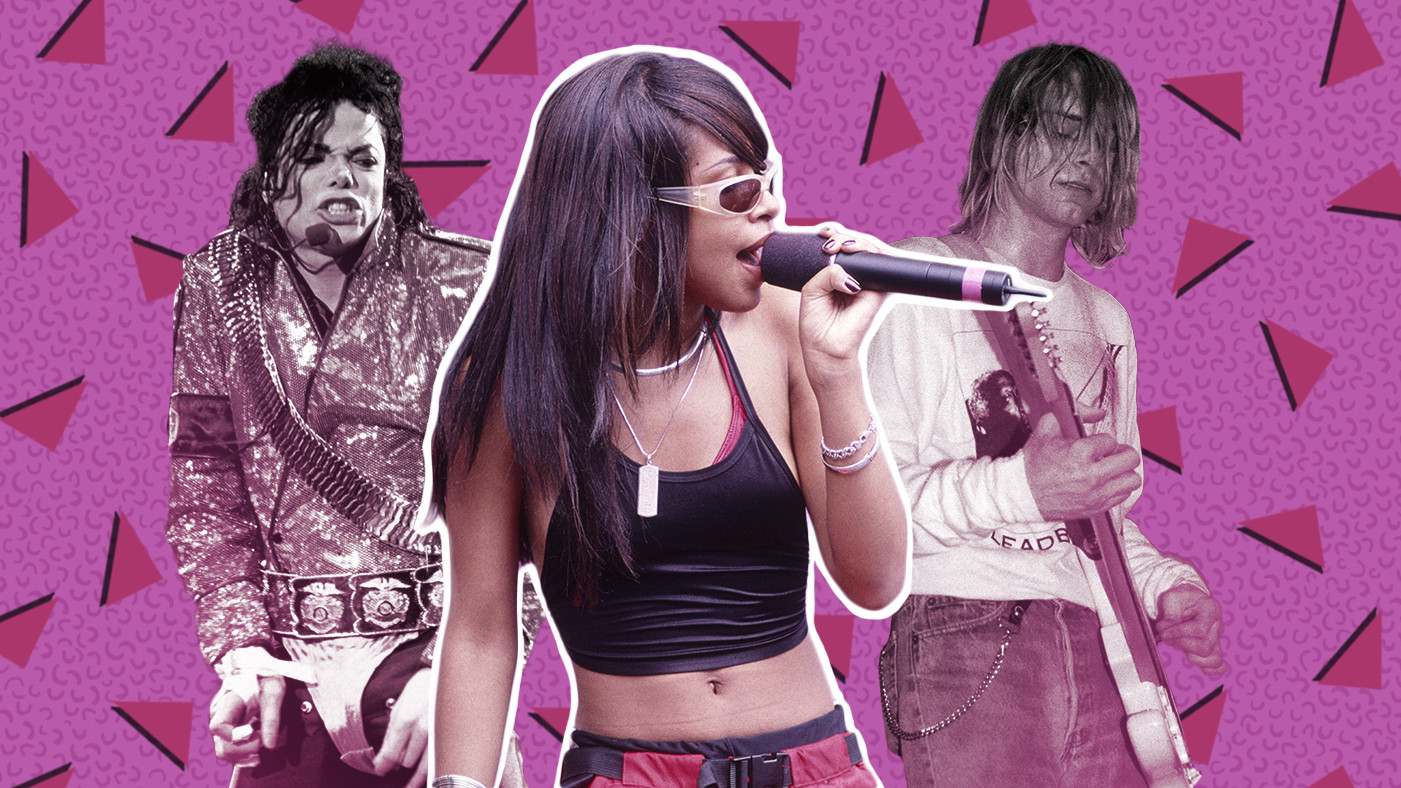 Notorious BIG Mo Money Mo Problems
Notorious BIG Mo Money Mo Problems
The late Notorious B.I.G.’s presence is undeniable even in just a simple throat clearing before his verse in “Mo Money Mo Problems.” This track, featuring Mase and Puff Daddy, became an accidental epitaph, reaching Number One shortly after Biggie’s tragic death, yet paradoxically making him sound incredibly alive. “Mo Money Mo Problems” is a classic example of 90s hip hop with its catchy beat and memorable verses. Burning question: Did Mase ever get to see his name on a blimp?
Blackstreet – “No Diggity” (1996)
Blackstreet’s “No Diggity” is a utopian celebration of American music’s rump-shaking potential. Teddy Riley, the mastermind behind New Jack Swing, blended doo-wop, Dr. Dre’s G-funk, old-school R&B harmonies, piano riffs, and a sample of acoustic blues guitar by Bill Withers. “No Diggity” is a genre-bending masterpiece, a testament to musical innovation and collaboration, and a defining track of 90s R&B and New Jack Swing. We’re all living in the future this song envisioned, and all the luckier for it.
Nirvana – “Smells Like Teen Spirit” (1991)
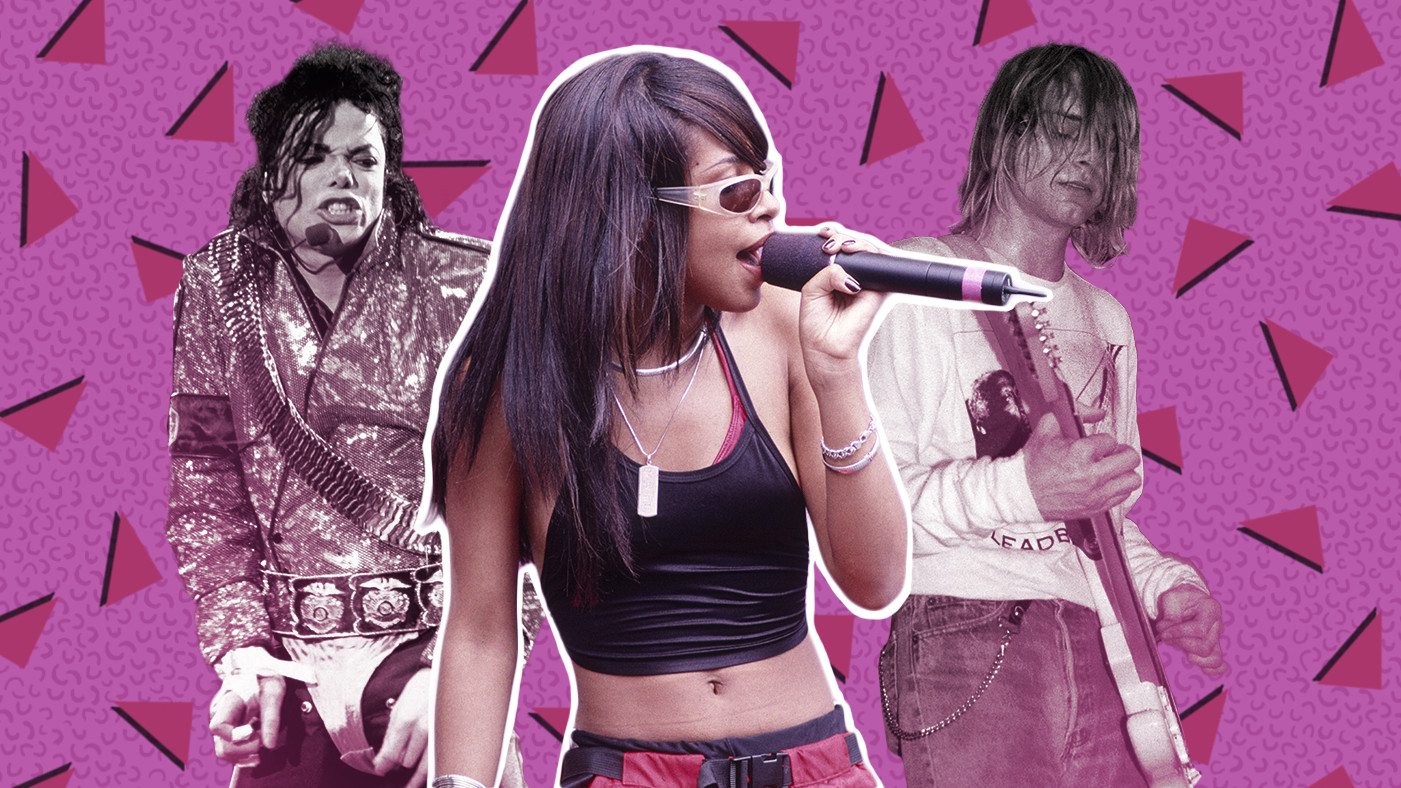 Nirvana Smells Like Teen Spirit
Nirvana Smells Like Teen Spirit
“Smells Like Teen Spirit” by Nirvana is the song that changed everything. It defied all established music industry rules, packing raw emotion into four simple chords and a deliberately unpolished guitar solo. This song challenged the status quo, kicked the future forward, and shattered complacency. “Smells Like Teen Spirit” was Kurt Cobain’s direct challenge to the audience, and after all these years, that challenge still resonates. It remains the quintessential 90s grunge song and a cultural landmark.
